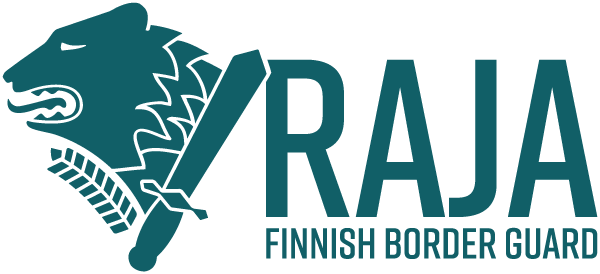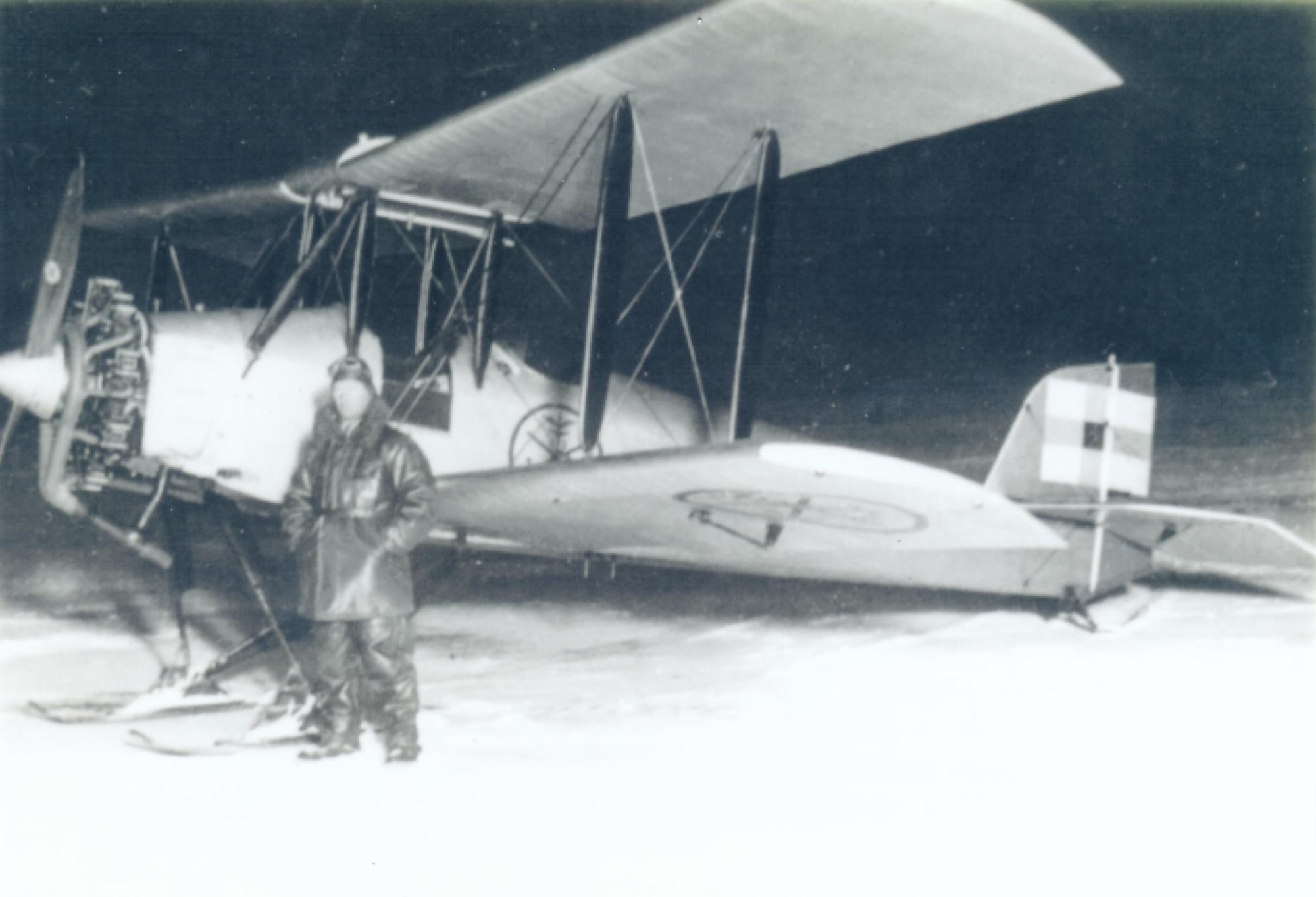The flight operations of the Finnish Border Guard are considered to have begun on 14 August 1930 when Customs handed over the VL Sääski II aeroplane, made in Finland, to the Coast Guard. The Prohibition Act, which was in force at the time in Finland, fuelled international smuggling of alcohol. The aim was to make the work against smuggling more effective by involving aircraft in law enforcement work.
(By approving all cookies, you enable the embedded Youtube videos on the site.)
-
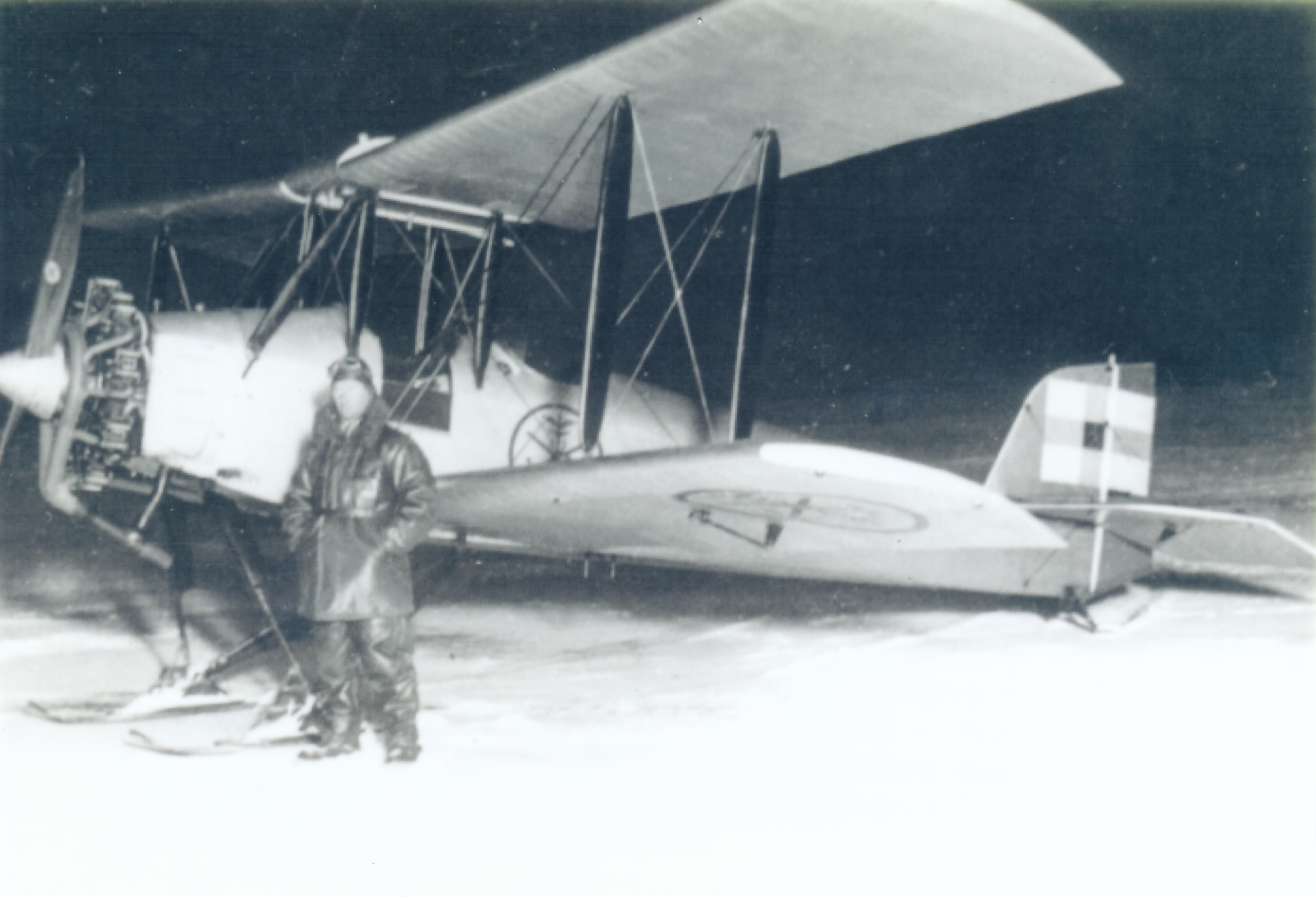
Photo 1: VL Sääski II LK-1
The Coast Guards Sääski was a two-seater biplane with an open cockpit that was equipped with ski or float landing gear. The plane’s primary location was Degerby in Åland. With a two-person crew and fuel, the plane was unable to get into the air with radio equipment. As a result, the crew had to use a metal message throwing funnel. The crew wrote their observations on paper, closed the message in a waterproof funnel and threw the message down. If the weather was calm and made landing possible, the message could also be given to the recipient verbally.
In wintertime, Sääski’s pontoons were removed and replaced with skis. The plane was often riddled with bullets from rifles fired by moonshine smugglers. In addition to ships and boats, smugglers brought illegal alcohol from Estonia to Finland with horse caravans. Coast Guard pilots detected caravans on the ice in the Gulf of Finland, although the sleighs were painted white. Observations made by the aircraft on the moonshine caravan’s location, direction of travel and number of horses were reported to the authorities.
-
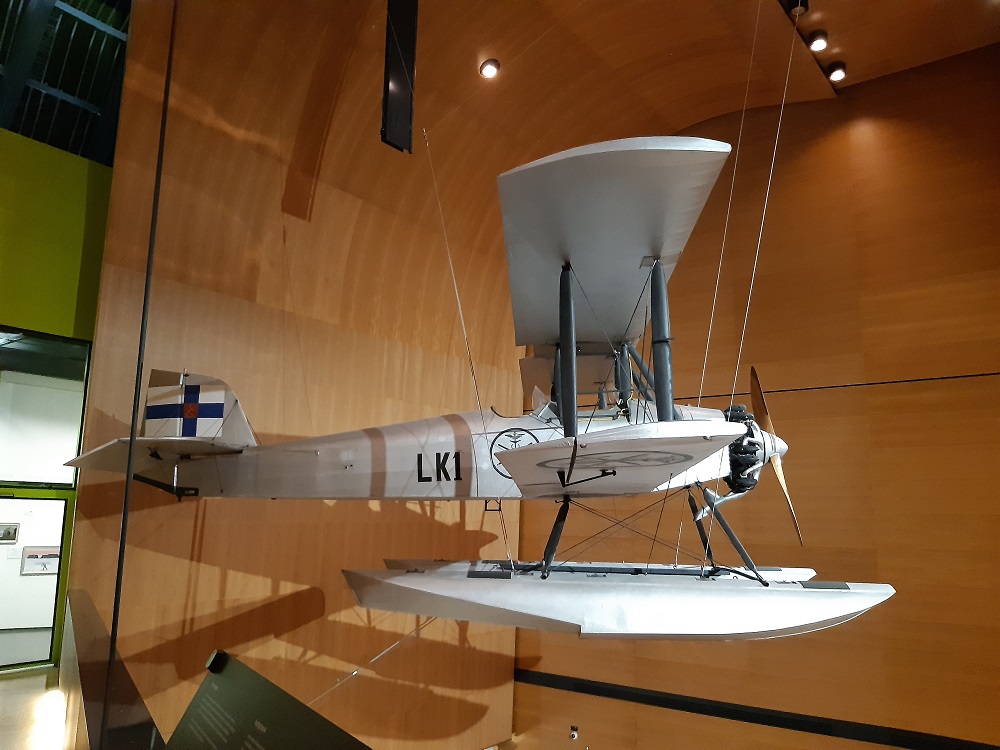
Photo 2: VL Sääski II LK-1 at the Maritime Centre Vellamo
Today, VL Sääski II LK-1 is on display at the Maritime Centre Vellamo in Kotka.
-
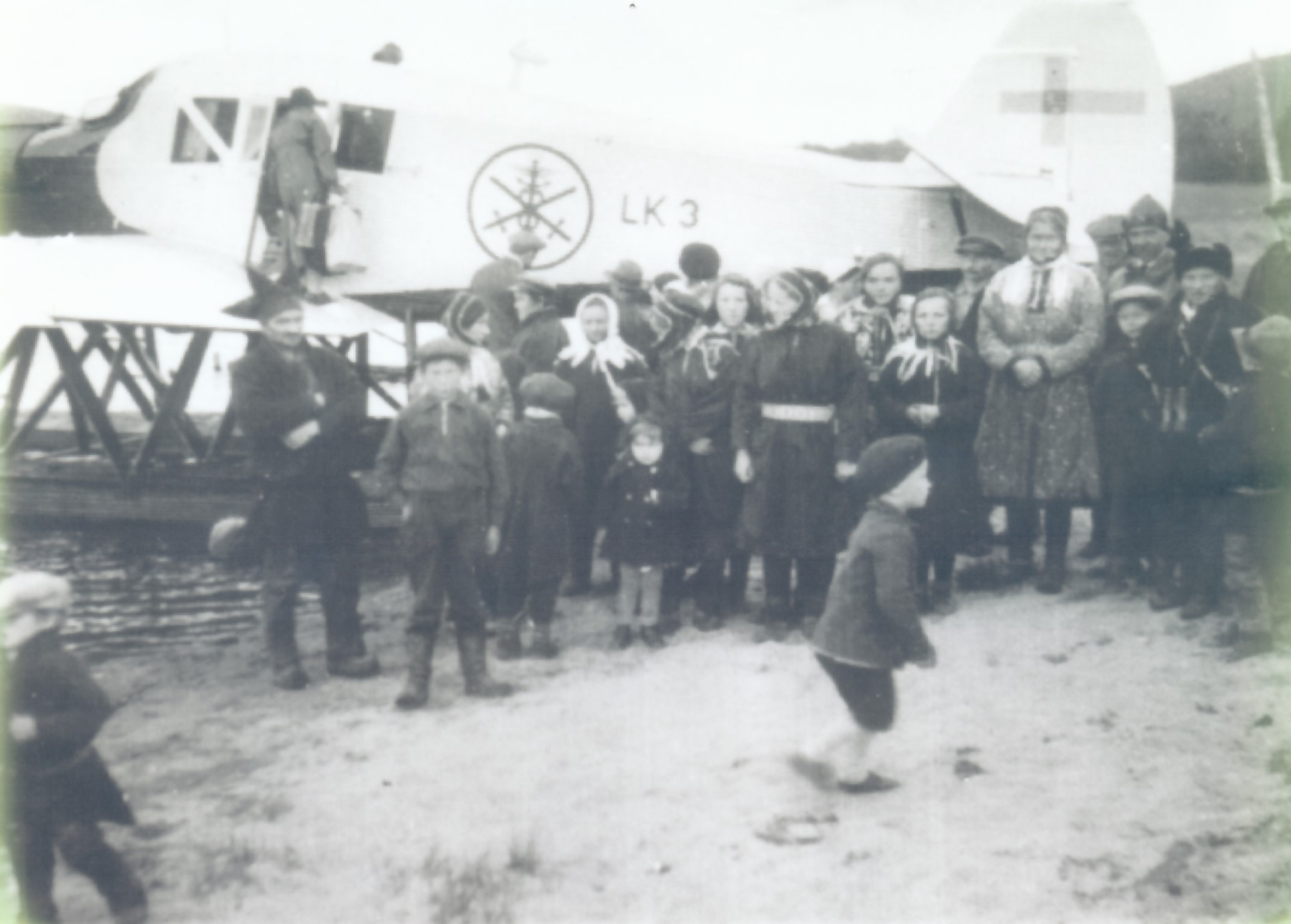
Photo 4: Junkers F-13 in Lapland
In spring 1932, a Decree was issued on the use of the Coast Guard’s aircraft in ambulance traffic. Ambulance planes were allowed to transport patients in need of urgent care, or a doctor or a nurse could be transported to the patient. For patient transports, artificial breathing apparatus was installed in the planes. The most remote ambulance flights were flown all the way to Enontekiö, Utsjoki and Petsamo.
-
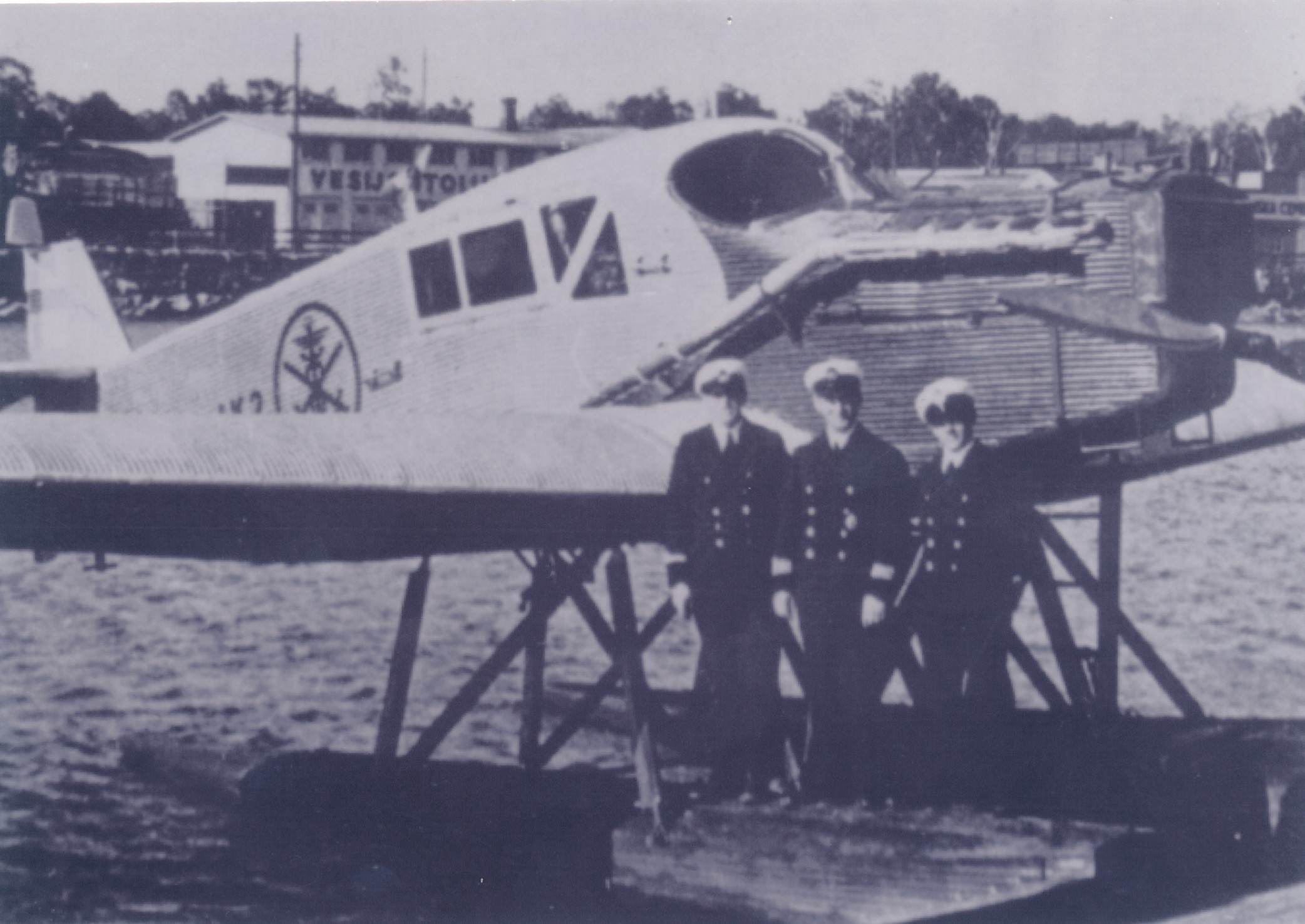
Photo 3: Junkers F-13
In 1932, the Coast Guard acquired two all-metal, six-seat single-engine Junkers F-13 seaplanes from Aero Oy. Aircraft LK-2 was stationed in Helsinki and LK-3 in Vaasa. LK-4, which was acquired in 1934, was stationed in Maarianhamina.
The planes were equipped with radios and first aid equipment. The crew comprised a pilot, a radio operator-medical officer and a flight engineer. The safety of the crew was improved by the introduction of parachutes and life vests.
-
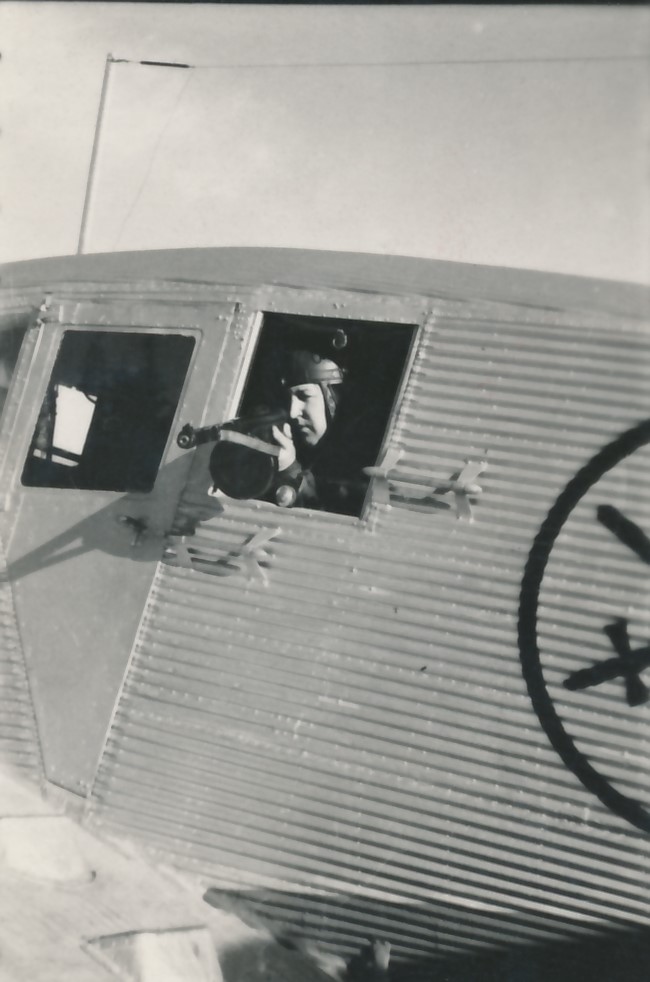
Photo 5: Junkers F-13 and a man with a submachine gun
Victory over moonshine smugglers was achieved in the 1930s. Junkers F-13 also had time to participate in the hunt for smugglers. The plane’s weapons included the pilot’s light gun, the engineer’s submachine gun and the radio operator’s rapid-fire rifle. In addition, all crew members had a pis-tol as their personal weapon.
The wake of a motor boat or a ship was clearly visible in the dark at night. Also, it was also easy to detect moonshine torpedoes towed by smuggling vessels from the aircraft. Usually smugglers were alarmed by aircraft and stopped when the planes dove from above, engines howling, firing warning shots at low altitude.
-
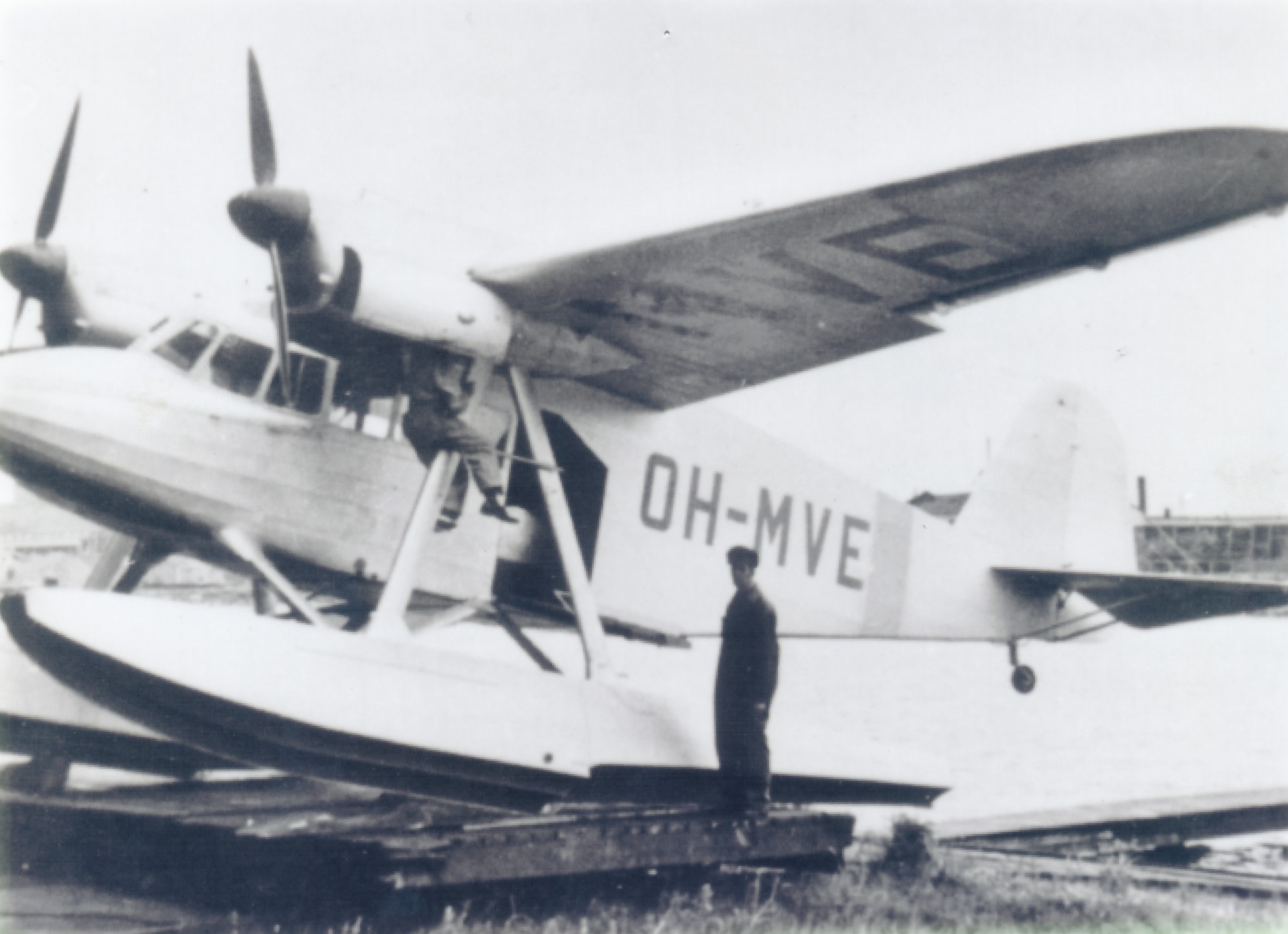
Photo 6: Koolhoven F.K.49
As flight operations gradually evolved and increased in volume, more aircraft were needed. In some cases, poor equipment purchases were also made. One of these was the acquisition of Dutch F.K.49 aeroplanes. The Coast Guard purchased two planes for use in transport and maritime sur-veillance. The first plane arrived in Finland in 1940. The second plane that was ordered was never received.
The introduction of the Koolhoven F.K.49 was plagued by continuous problems with the plane type. The engines, in particular, proved unreliable. Indeed, the Koolhoven was discarded after only 18 hours of flight.
-
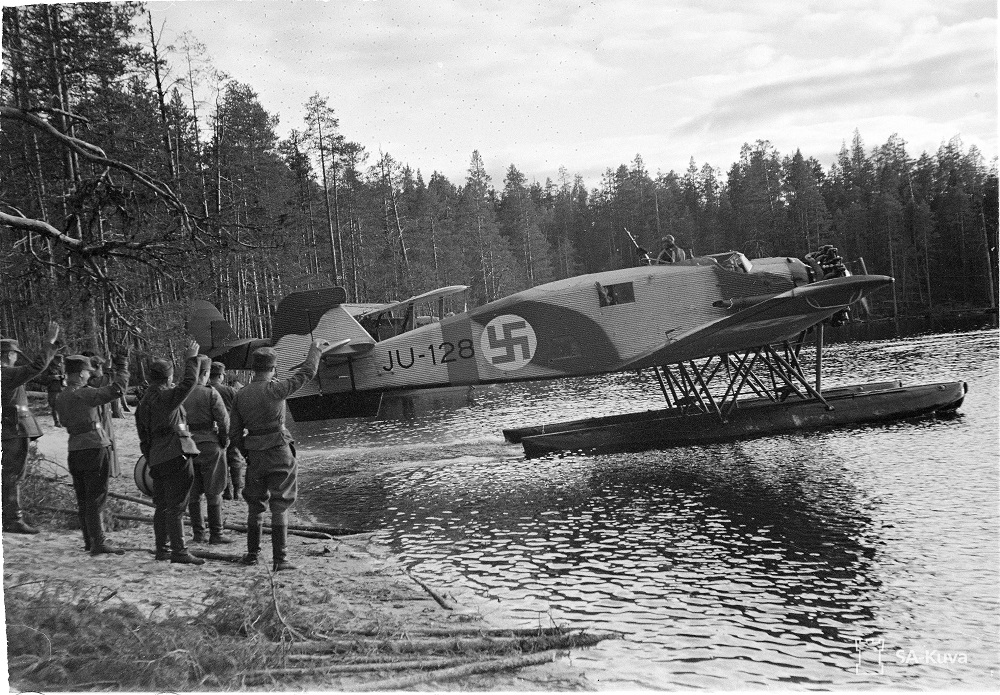
Photo 7: Junkers W34 long-distance patrol flight in autumn 1941 (SA-kuva)
In the early 1930s, the Finnish Air Force bought Junkers W34 transport planes from Germany and Sweden. After the Winter War, in autumn 1940, two Junkers were handed over to the Coast Guard.
During the Continuation War, the planes were used in various transport tasks, especially the transport of long-distance patrols and the wounded. After the war, the Finnish Border Guard used Junkers W34 aircraft until 1950.
-
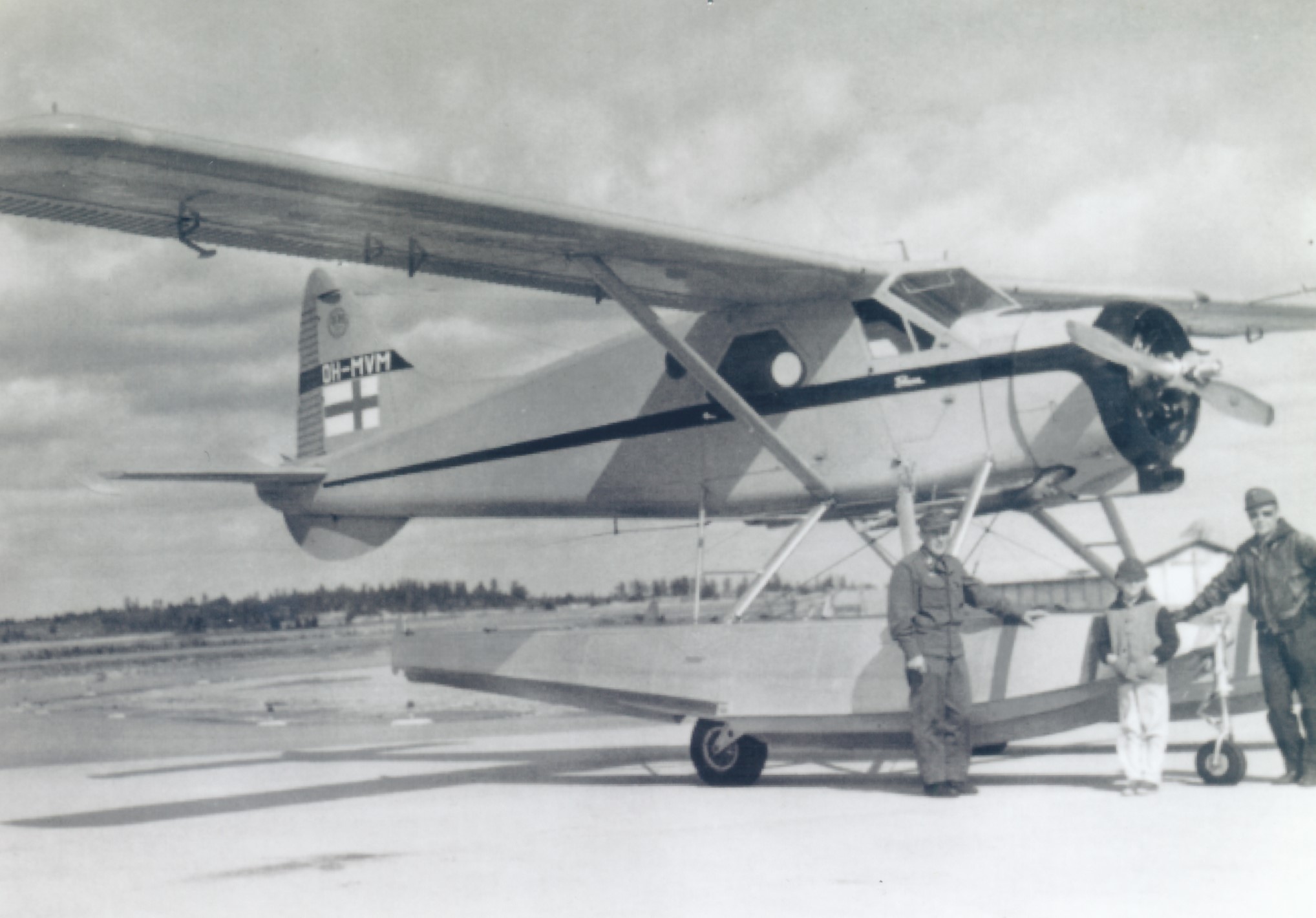
Photo 8: DHC-2 Beaver
In the early 1950s, the Finnish Border Guard acquired two De Havilland Canada DHC-2 Beaver aircraft to enhance medical transports and other transport flight needs in remote areas. The DHC-2 Beaver was a six-seat metal transport aircraft specially designed for Canada’s challenging wil-derness conditions. In the mid-1950s, a third plane was acquired which was stationed in Rovaniemi.
Two previously purchased Beavers operated from Turku and Vaasa. According to statistics from 1958, there were relatively few cases of childbirth on medical flights. Infantile paralysis and polio cases were a priority. Severe abdominal ulcers, cancer patients, and cases of appendicitis, meningitis and pneumonia were also handled with ambulance flights. The Finnish Border Guard’s Beaver aircraft were also used to fly President Urho Kekkonen on ski trips to Lapland.
The Beaver fleet served the Finnish Border Guard’s air transport needs well, and the use of the type ended only in 1988. Of these aircraft, OH-MVM is on display at the Maritime Centre Vellamo and OH-MVL at the Finnish Aviation Museum in Vantaa.
-
Video: Medical transport
DHC 2 Beaver medical transport.
(By approving all cookies, you enable the embedded Youtube videos on the site. Captions are available on the videos in English, Finnish and Swedish. To turn on captions, click the “C” icon.)
-
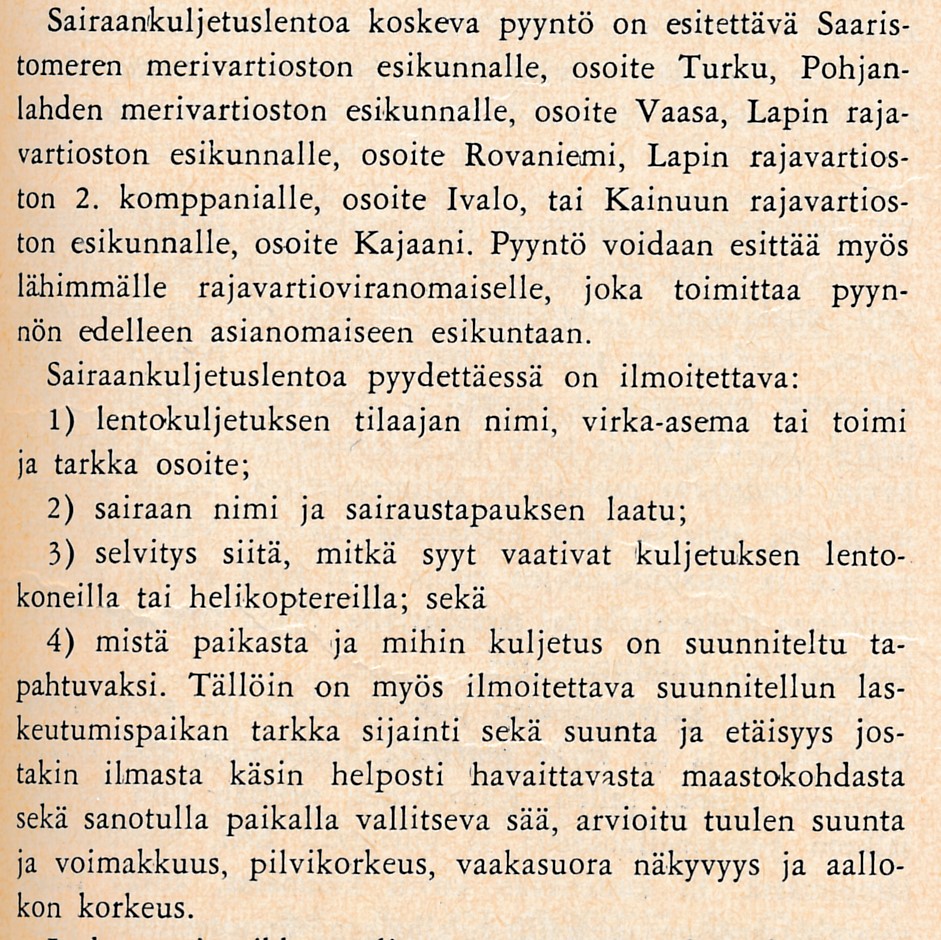
Photo 9: article from Rajajääkäri magazine 2/1962
News article from Rajajääkäri magazine no. 2/1962. The article is about ambulance service flights.
-

Photo 10: Rajajääkäri article from 1960
A Rajajääkäri magazine news article from 1960. The article is about the helicopter operations of the Finnish Border Guard.
-
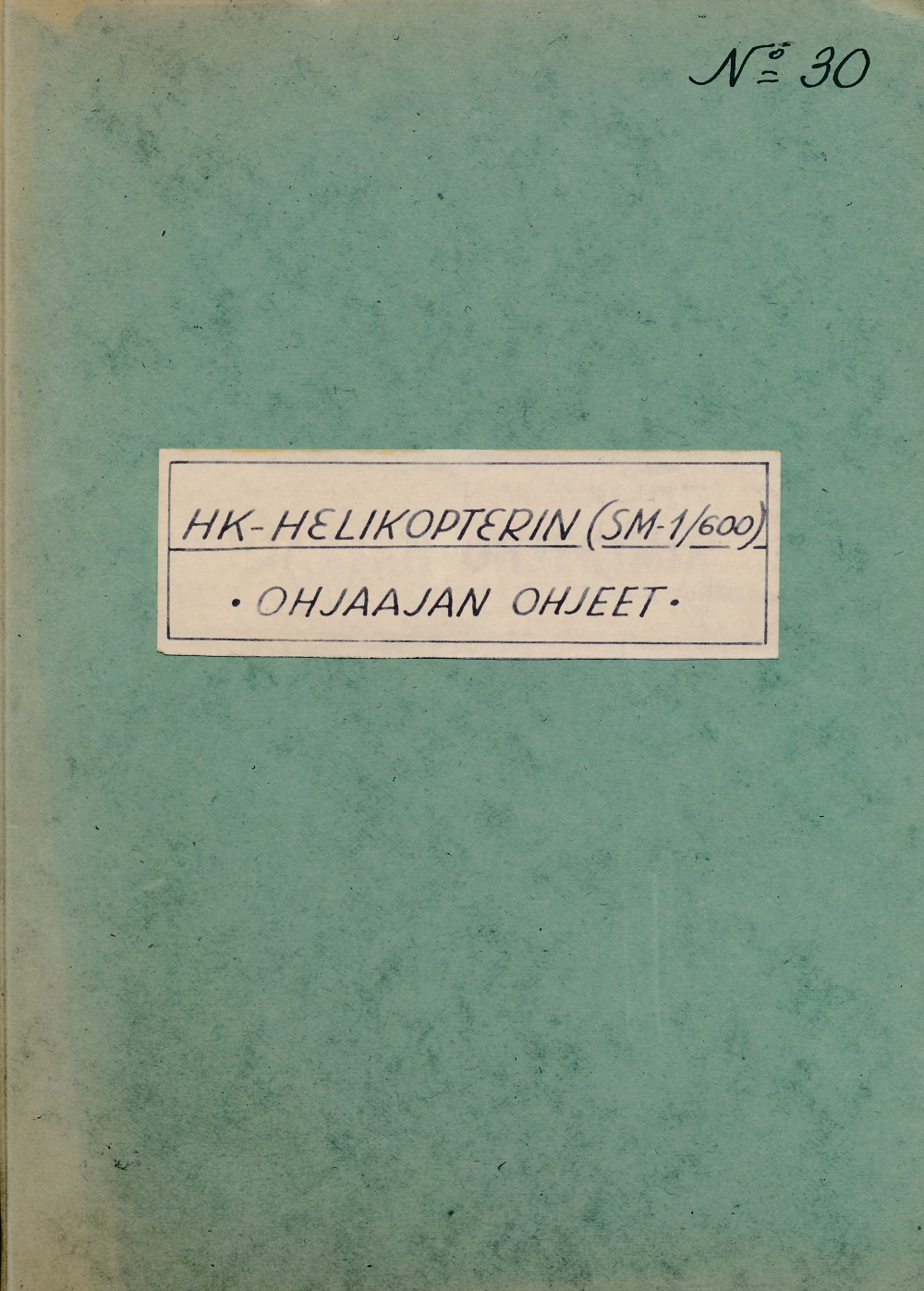
Photo 11: SM-1 instruction manual
The Finnish Border Guard’s helicopter operations began in 1960. The Border Guard had one Mil Mi-1M helicopter of Soviet origin and two Polish licence versions SM-1S/600 of the same type.
The Border Guard’s first helicopter pilots received their type training in Poland. Rescue helicopter operations in Finland began in 1961 from the Finnish Border Guard’s helicopter bases in, Immola, Kajaani and Ivalo.
-
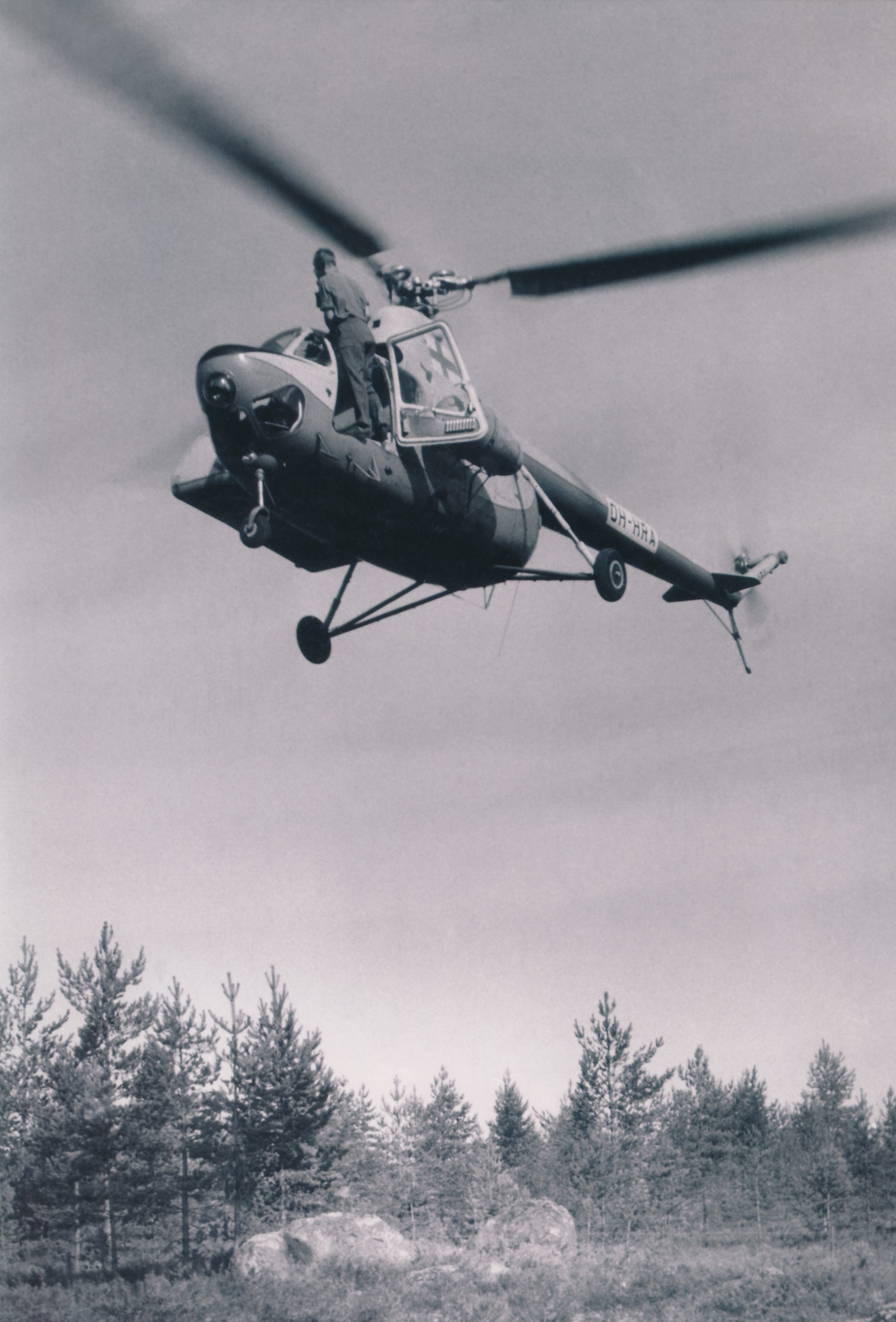
Photo 12: SM-1 at an agricultural exhibition in Nuijamaa in August 1963
In addition to traditional ambulance and transport flights, the SM-1 fleet was also used to fly land border surveillance flights; initially, however, flight rules and instructions required that border control flights be flown within five kilometres of the border opening. As experience increased, flight operations became more diverse, such as in the form of search and rescue flights in the Gulf of Finland.
In the early years of helicopter operations, the new equipment attracted interest among the general public, and helicopters were presented to the civilian population in the border area at agricultural exhibitions and trade fairs, for instance.
-
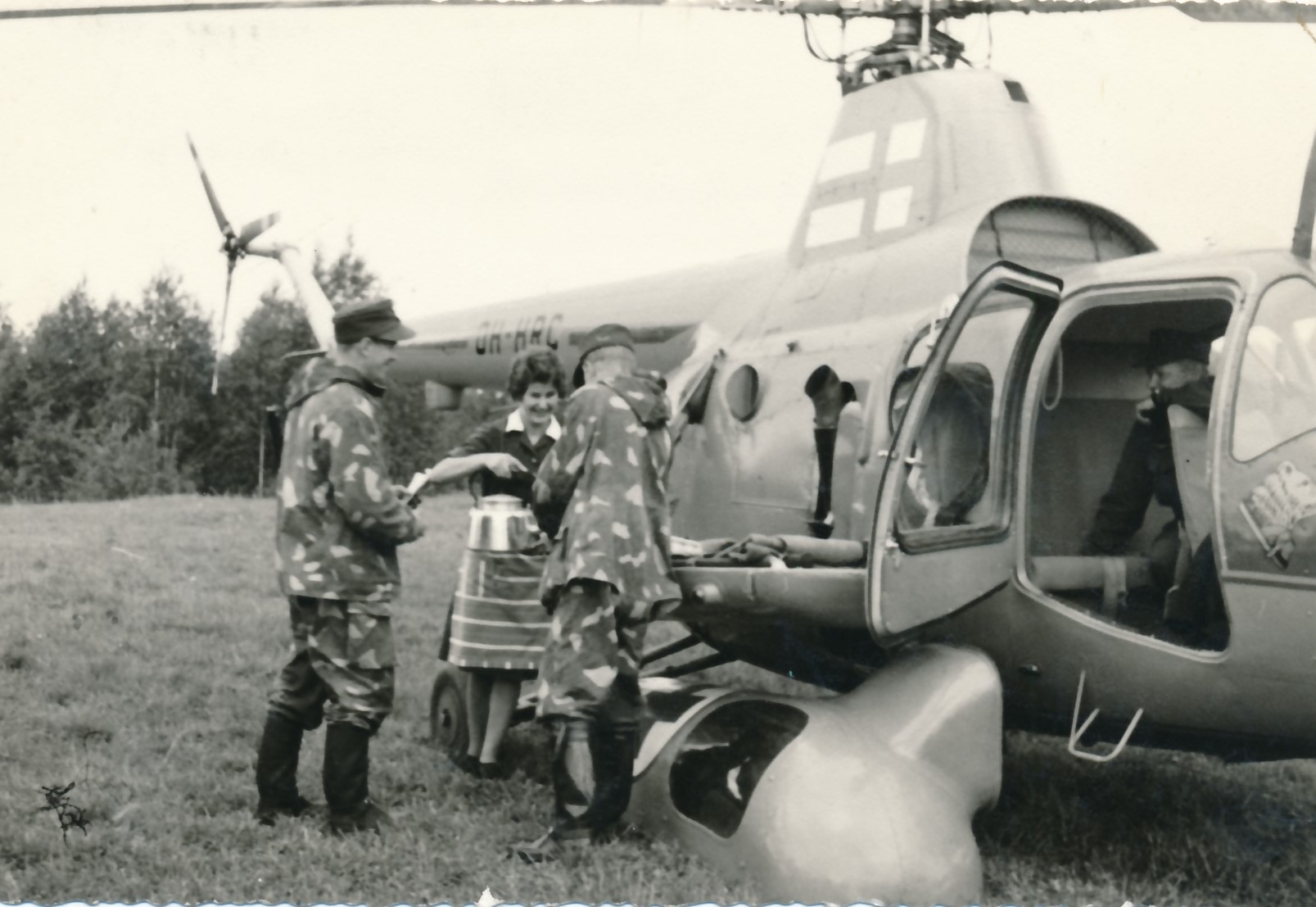
Photo 13: Onttola’s flying military home in summer 1962
Helicopters were also able to support the important work done by military home sisters. In the summer of 1962, a flying military visited the military exercise organised by the North Karelia Border Guard District.
Today, helicopter OH-HRC can be seen at the Finnish Air Force Museum in Tikkakoski.
-
Video: Helicopter rescue flight
Helicopter rescue flight in Lapland in the early 1960s.
(By approving all cookies, you enable the embedded Youtube videos on the site. Captions are available on the videos in English, Finnish and Swedish. To turn on captions, click the “C” icon.)
-
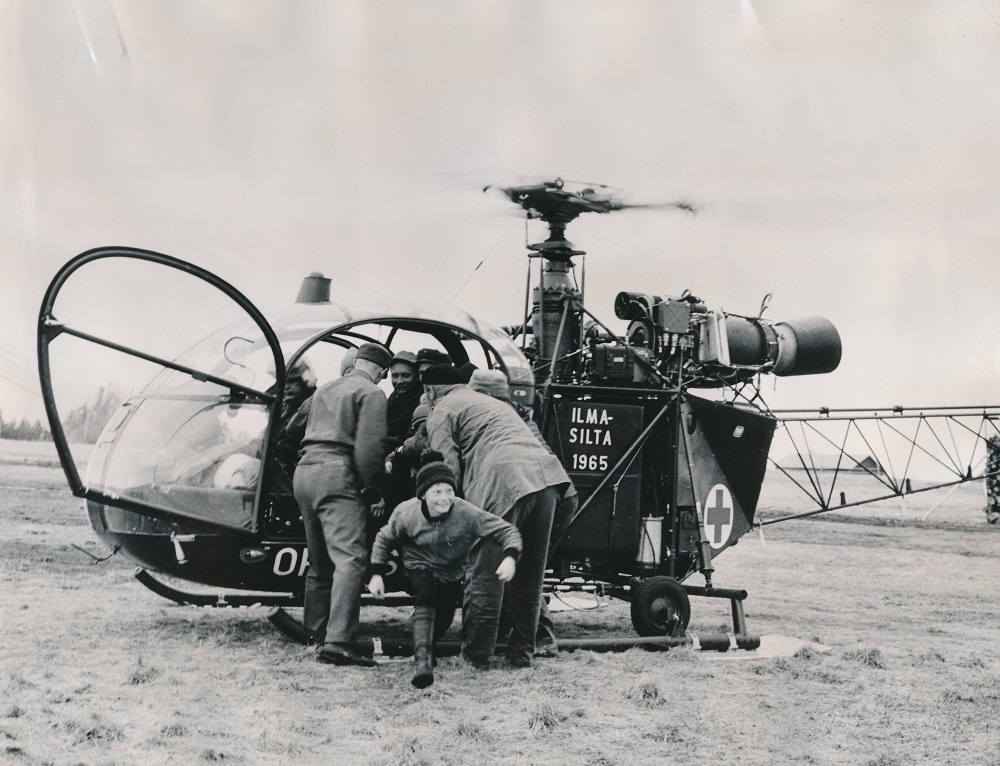
Photo 14: Alouette saving victims of a flood in Pelkosenniemi in 1965
The Border Guard’s helicopter fleet was diversified in 1964 when the “Air Bridge”, a public fundraising campaign led by TV personality Niilo Tarvajärvi and composer Barbara Helsingius, yielded so much money that the Finnish Red Cross was able to buy a Sud Aviation SE 3130 Alouette II helicopter made in France.
The aircraft was handed over to the Finnish Border Guard and placed in Ivalo. Its operating time on a full tank was three hours and its range was 470 km.
-
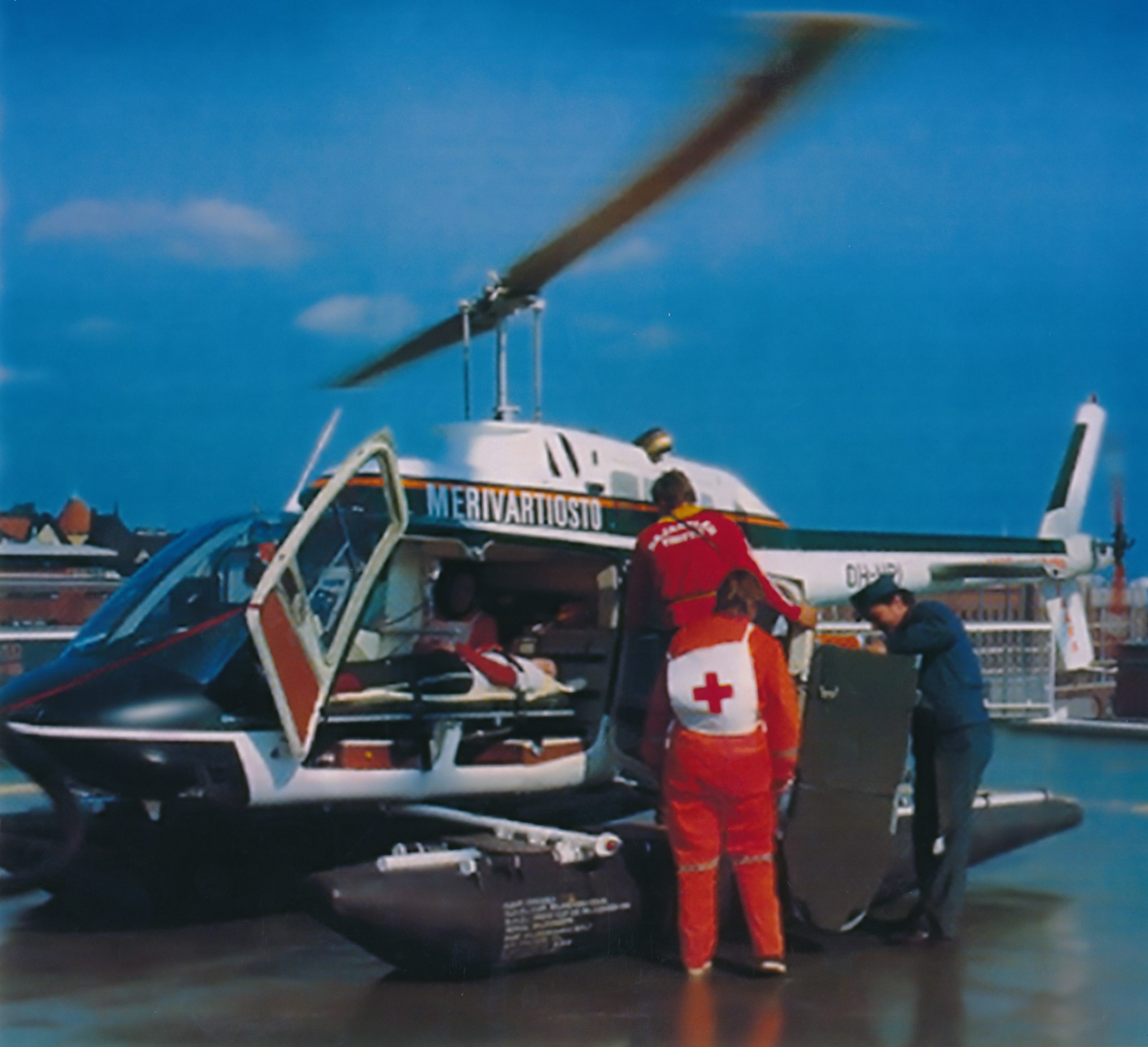
Photo 15: AB medical flight
In 1968, the Finnish Border Guard introduced the first of seven Agusta Bell 206 helicopters manufactured with a licence by Agusta from Italy. The first AB 206 was stationed in Immola and the second one in Helsinki. In the early 1970s, two more choppers were purchased, one placed in Turku and the other one in Ivalo. One additional chopper was bought in 1974 for Turku and another one in 1980. In addition to these, one more Agusta Bell 206 was received from the Air Force.
The properties of the Agusta Bell 206 made it better suited for maritime search and rescue than previous types. The aircraft had room for the pilot and four passengers. A patient on a stretcher could fit inside the chopper.
The helicopters were used to search for missing persons. In Northern Finland, a tracking dog was often brought on board the helicopter. Fire and smoke could be clearly seen from a helicopter on a search mission. Wilderness huts and their guest books were also effectively checked using helicopters. At that time, the Border Guard’s helicopters were equipped with devices capable of detecting messages and signals sent by emergency transmitters.
-
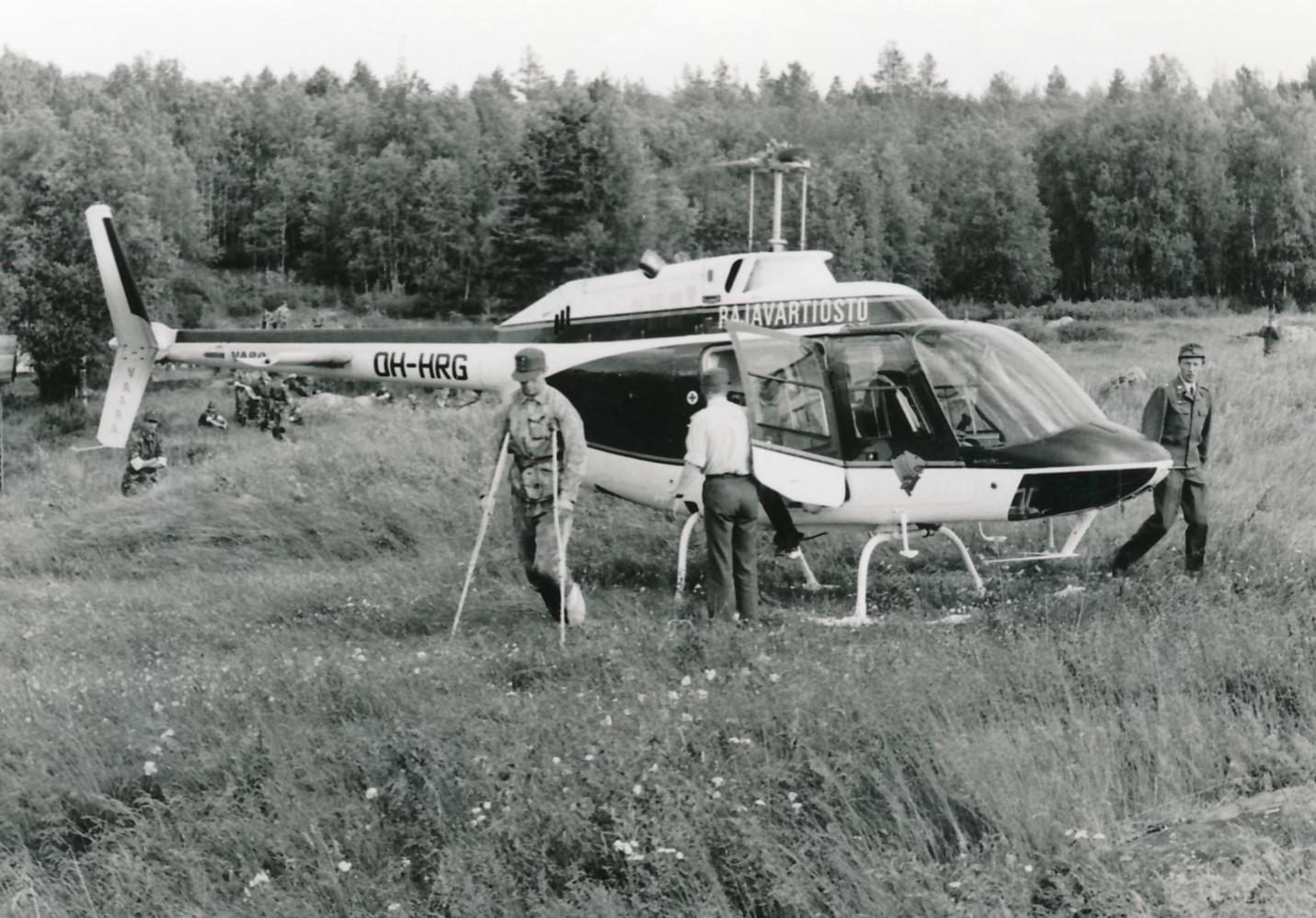
Photo 16: Injured conscript of the Lapland Border Guard District in the 1970s
In the 1970s, the following became established tasks for helicopter crews:
- land and sea border control
- high-speed connection flights
- search and rescue services
- medical flights.
The Border Guard’s helicopter fleet also saw service use in military defence tasks, such as the transport of troops on military exercises.
-

Photo 17: Surveillance flights during the Cold War
During the 1970s, use of helicopters on patrol and surveillance flights at land and sea borders became more efficient.
Border guard districts used helicopters placed in their operating areas to control and monitor the operation and movements of the Soviet border troops.
-
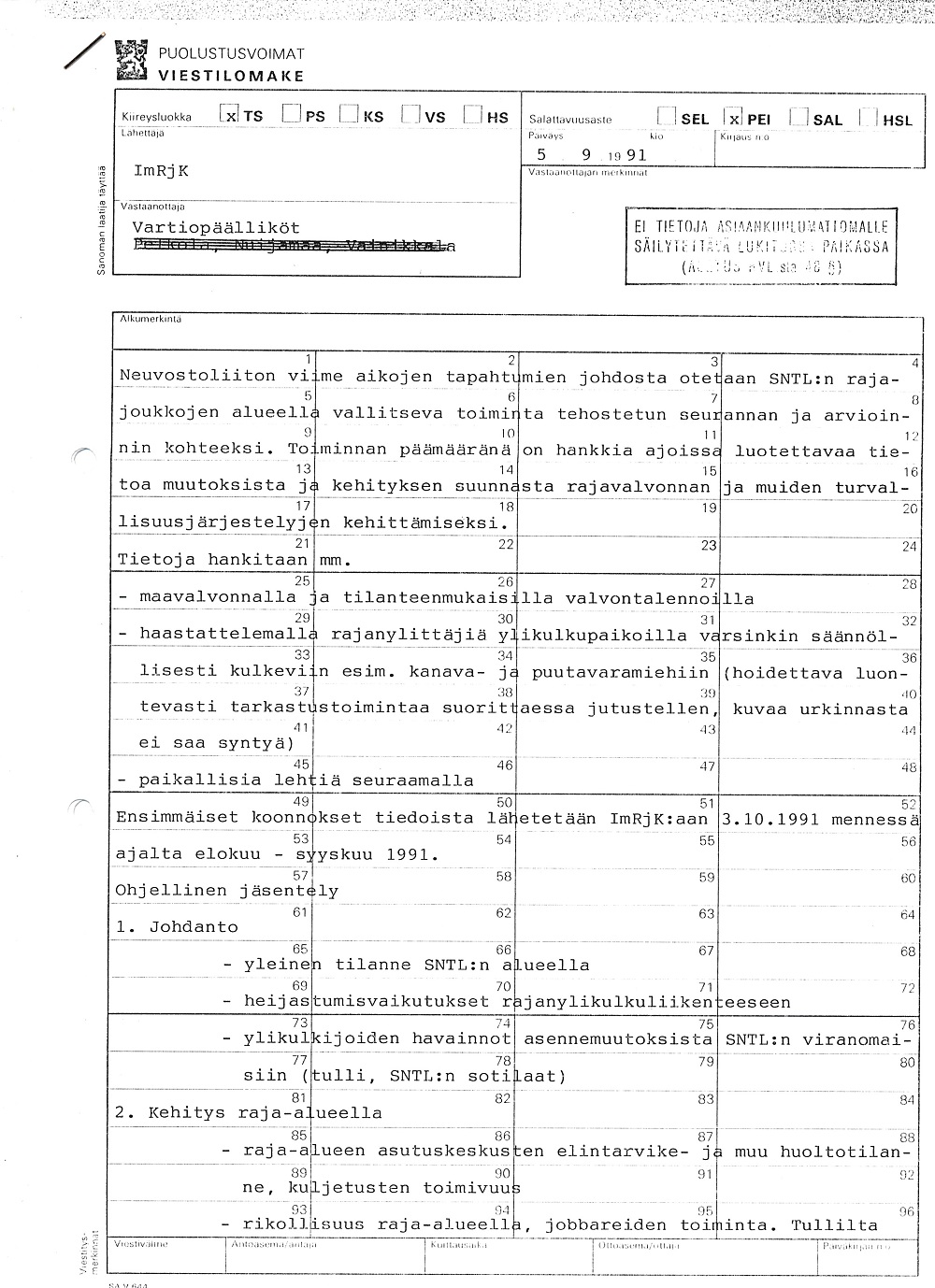
Photo 18: August 1991: Southeast Finland Border Guard’s order
The Finnish Border Guard intensified its operation during the Moscow coup attempt in August 1991. Efforts were made to determine the situation at the eastern border with helicopter surveillance flights.
-
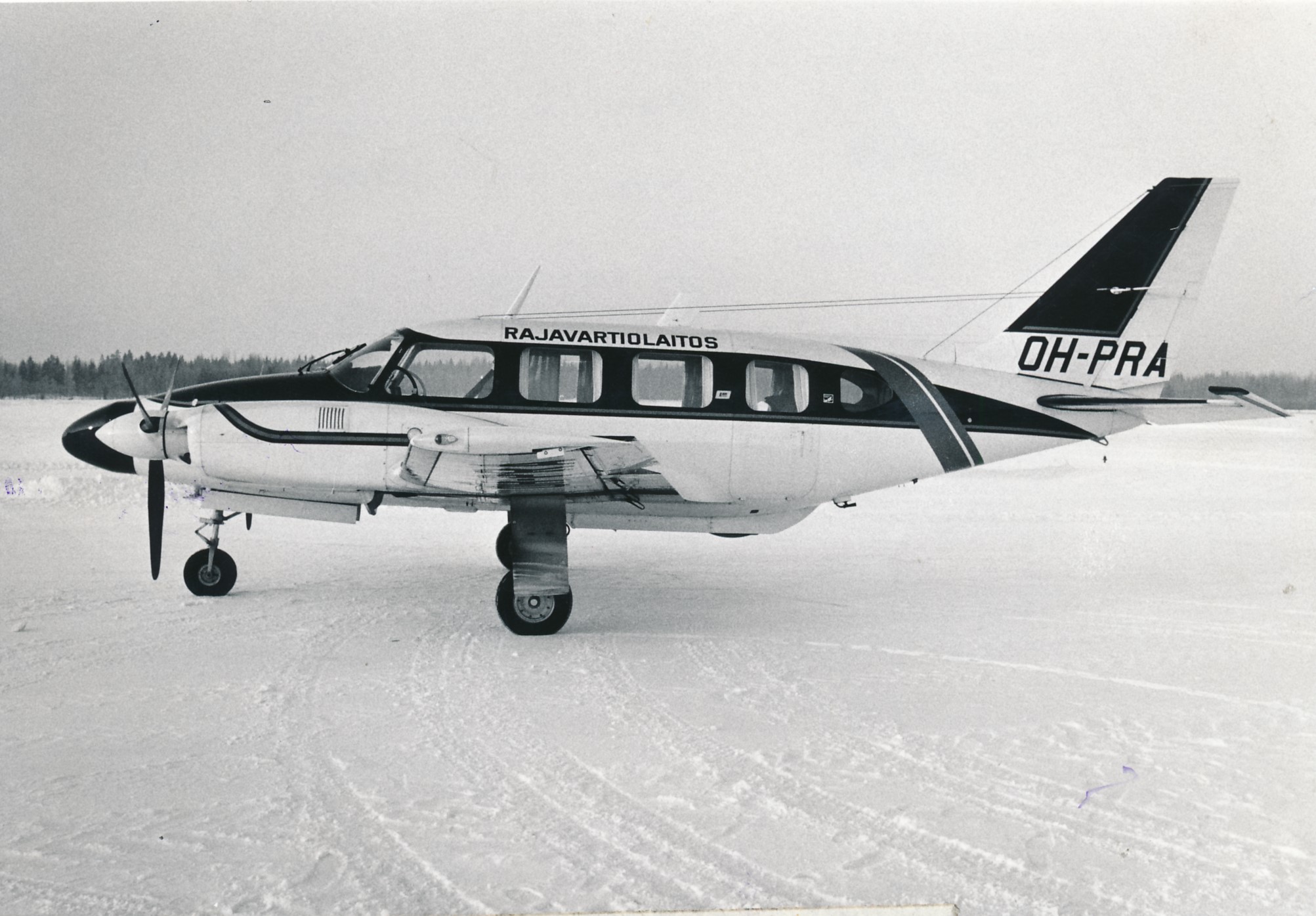
Photo 19: Piper Navajo
In 1976 and 1979, the Border Guard acquired two Piper PA-31 Navajo aircraft made in the United States as successors to the DHC-2 Beaver aeroplanes. These planes were used especially on maritime surveillance flights. In terms of their equipment, the Navajos were also able to operate in instrument flight conditions, i.e., also in the dark and in bad weather conditions.
The plane that was purchased first, OH-PRA, was destroyed when it ran out of fuel during a crash landing at Liminganlahti in Oulu in summer 1992. OH-PRB, which was purchased later, was sold for civilian use in 1994.
-
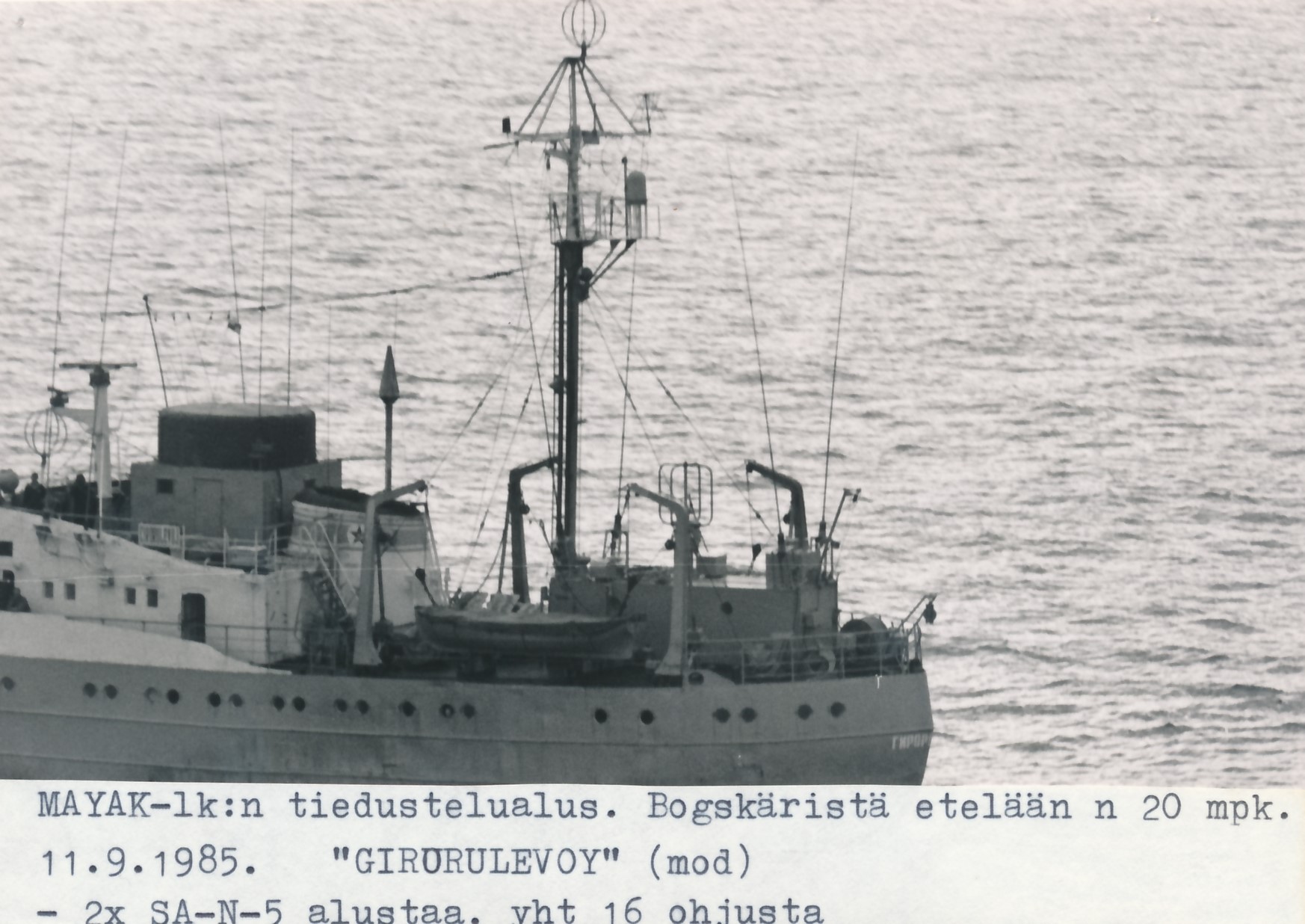
Photo 20: Maritime surveillance from the air
A Soviet reconnaissance vessel photographed in the Baltic Sea from a Finnish Border Guard aircraft. Observations made on surveillance flights were analysed precisely, down to the last detail.
-
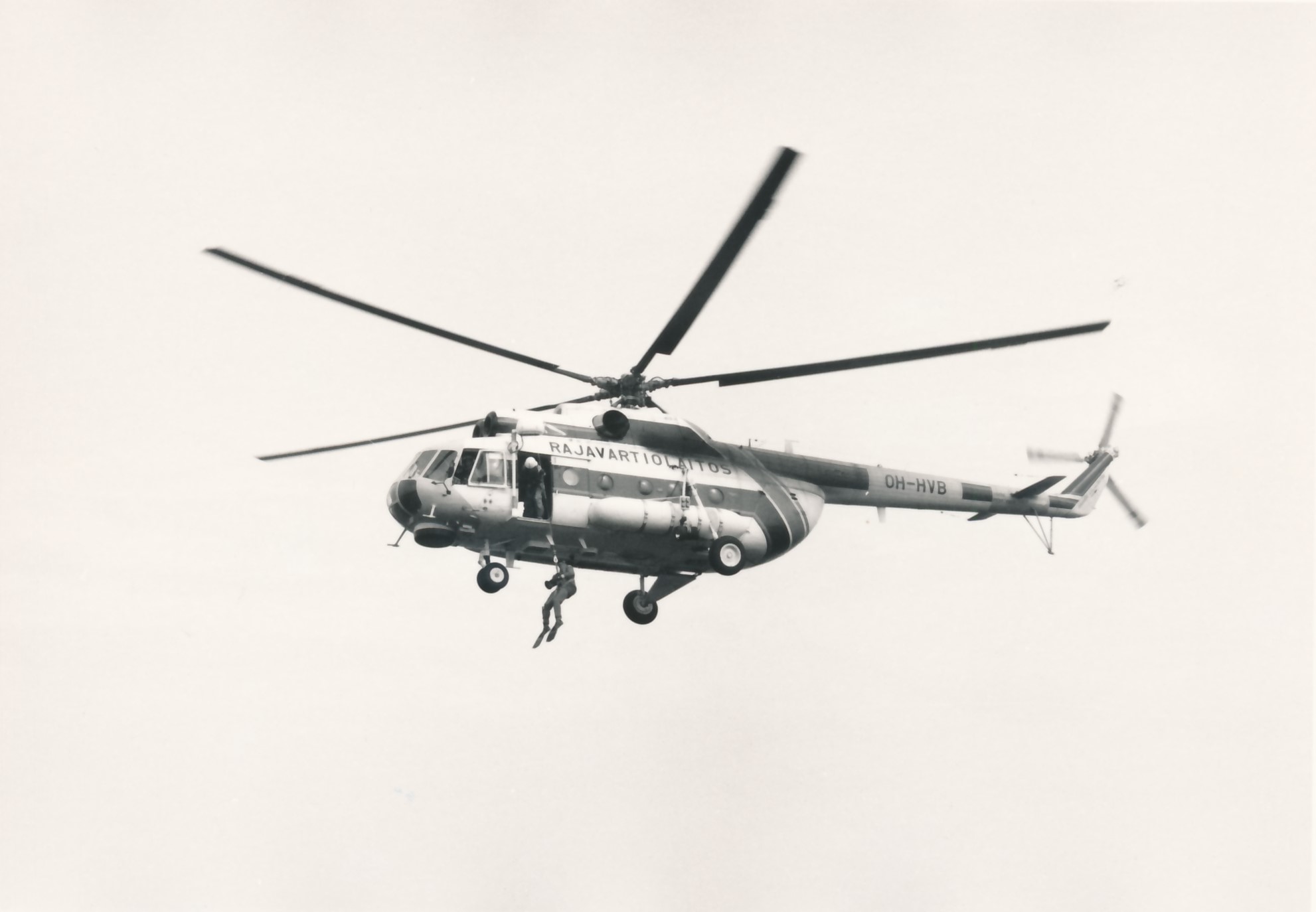
Photo 21: Mil Mi-8 with surface rescue equipment
Maritime search and rescue (SAR) work and related procurement and use of rescue helicopters were reviewed in the late 1970s and early 1980s. In early 1980, the Government decided that three Soviet medium Mi-8 helicopters would be purchased for the Finnish Border Guard and equipped for maritime SAR.
In 1981, this development led to the centralisation of the Finnish Border Guard’s flight operations under the auspices of a new administrative unit, the Air Patrol Squadron. In fact, the management of maritime SAR service became one of the most visible primary duties of the Border Guard. Maritime SAR on call service began in Turku on 1 June 1981. The Soviet Mi-8s were equipped in Finland with Western avionics and a radar, a rescue winch and ambulance equipment.
-
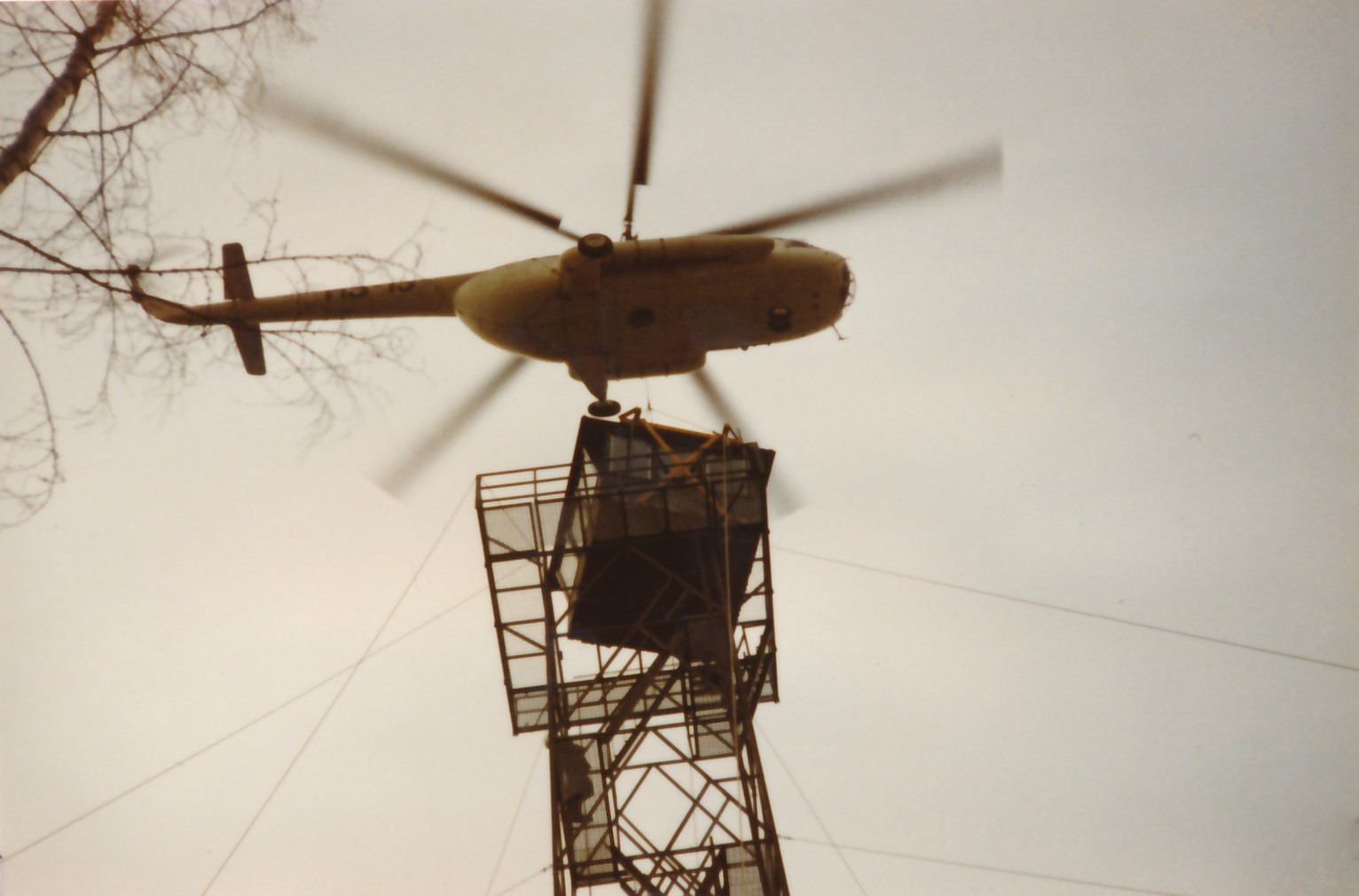
Photo 22: Mil Mi-8 erecting the Southeast Finland Border Guard District’s Vilkko tower in December 1982
The Mil Mi-8 was designed for transport and thus not fully suitable for maritime SAR. The Finnish Border Guard’s first Mi-8 of the Border Guard was destroyed in April 1982 on a training flight after the chopper’s both engines stopped over the sea. The accident led to the death of one crew member in the icy sea.
The Mi-8 fleet was well suited for a wide range of transport tasks, such as setting up observation towers at the eastern land border. In the late 1980s, the Mi-8s was handed over to the Finnish Air Force.
-
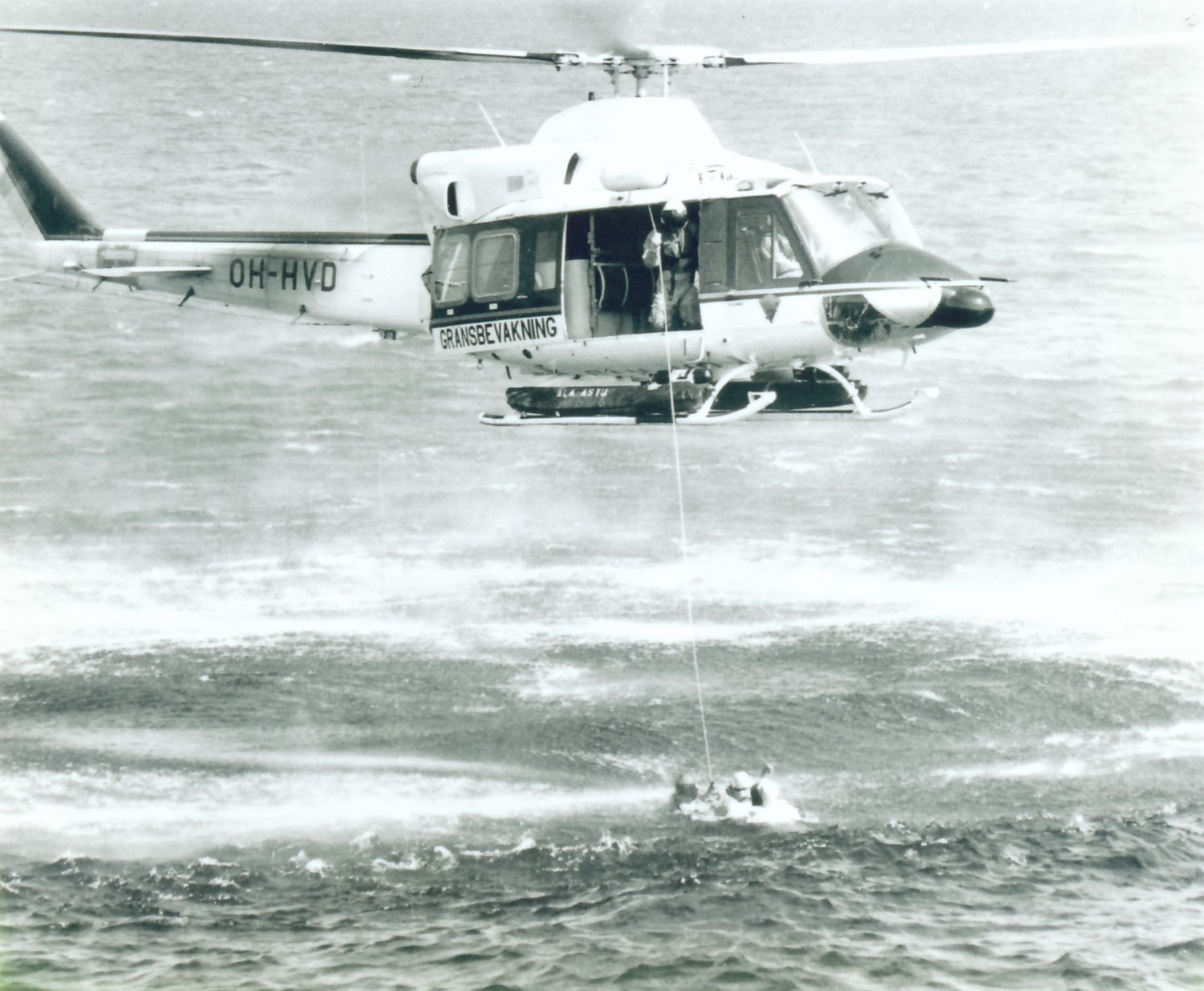
Photo 23: AB 412 in a maritime rescue exercise
Since 1985, rescue services have been provided with Agusta Bell 412 helicopters. The twin-engine light helicopter has a wide range of equipment. The choppers have maritime rescue and medical equipment, night vision devices and a thermal camera, a weather and search radar, a searchlight and a rescue winch. They can also be equipped with a 1000 litre bambi bucket for fighting forest fires.
The Finnish Border Guard has five AB 412 helicopters.
-
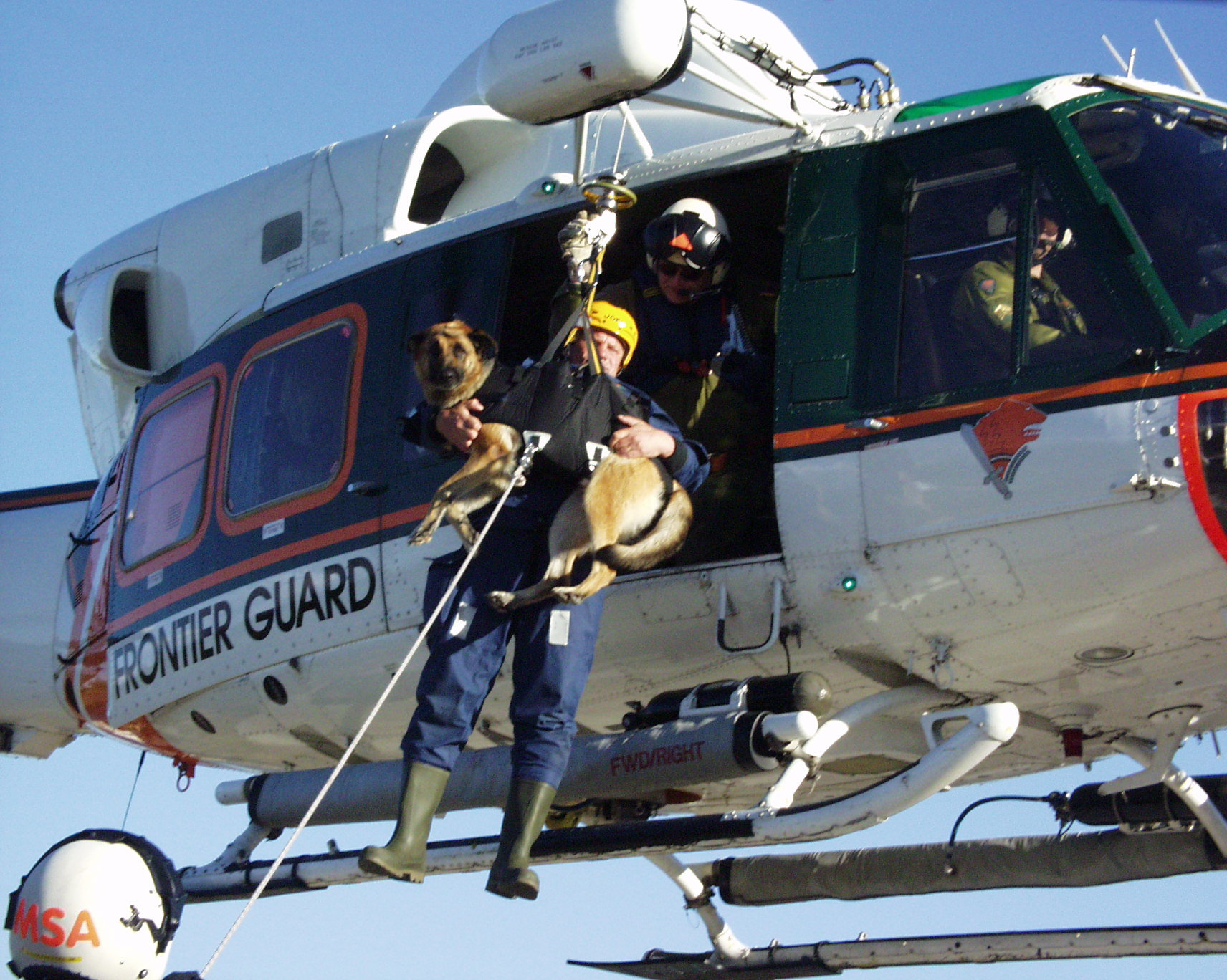
Photo 24: Border dog on board an AB 412
Border dogs used in rescue work and other operations receive their own movement training during which the dogs become accustomed to working in a helicopter.
-

Photo 25: Special Intervention Unit descending from a helicopter by rope
Helicopters are also used for transporting the Finnish Border Guard’s Special Intervention Units and, when necessary, for various official assistance tasks of the police and other authorities.
-
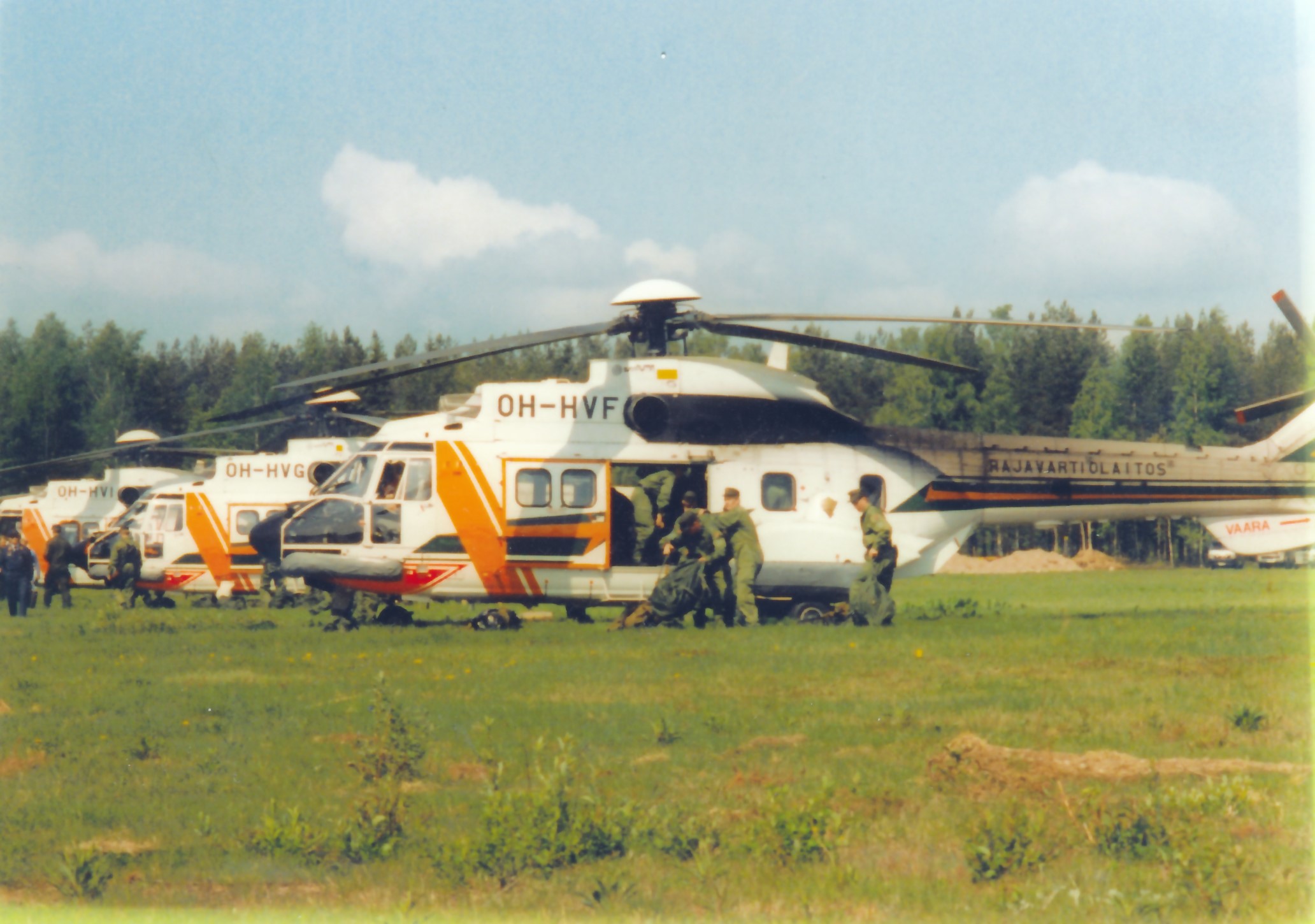
Photo 26: Immola major exercise in 1993
In 1988, the Mi-8 began to be replaced with modern French AS-332 Super Puma helicopters. The choppers have versatile maritime SAR and medical equipment. The de-icing system enables flights under freezing conditions. Night vision devices and thermal camera are useful tools in searches for missing persons. The flight crew comprises five people, and the helicopter can carry up to 20 passengers.
The Finnish Border Guard’s entire helicopter fleet took part in the major exercise of readiness departments organised at Immola in 1993. Today, the Finnish Border Guard has five Super Pumas.
-
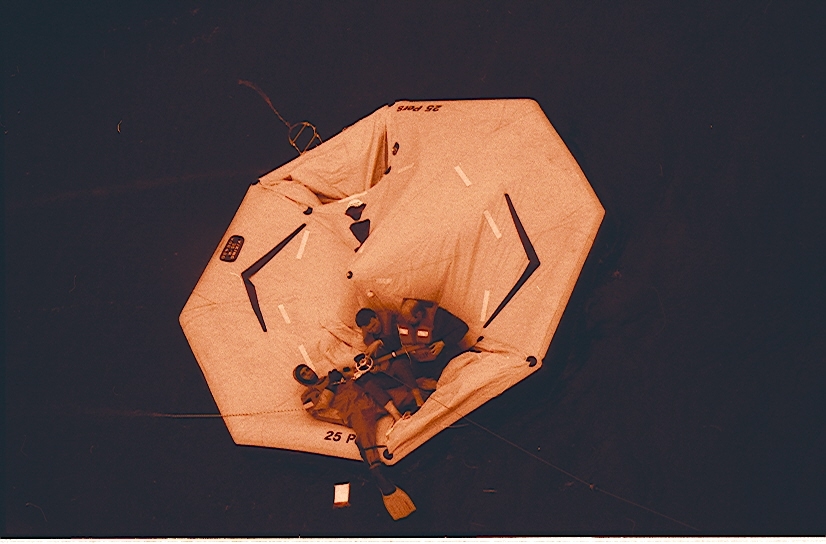
Photo 27: Sinking of the passenger ferry Estonia in September 1994
Passenger ferry Estonia sunk during a severe autumn storm south of Utö on the night of 28 September 1994. Two Super Pumas, two Agusta Bell 412s and a Piper Navajo from the Finnish Border Guard participated in the rescue operation.
The stormy weather and rough seas, in addition to darkness, made rescue work very difficult. The disaster claimed the lives of 852 people. Of those on board, 137 people were rescued to helicopters and ships that came to the rescue.
-
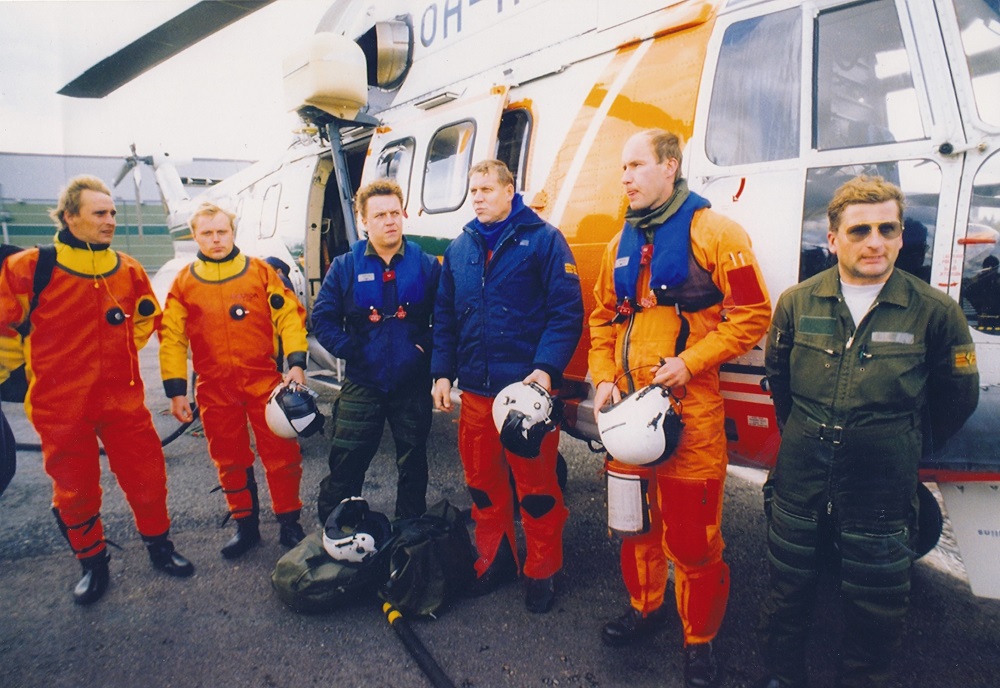
Photo 28: Crew of the Super Puma that participated in the Estonia operation
Of the Finnish Border Guard’s helicopters, Super Puma OH-HVG saved 44 people from the sea and Agusta Bell 412 OH-HVD saved seven people. The Border Guard’s other aircraft unfortunately only lifted people who had died in the water.
The Estonia disaster clearly showed that only efficient and appropriate equipment and a skilled flight crew with good training can react in such difficult situations. It was one of the most challenging peacetime operations of the Border Guard so far. The helicopter crews were forced to act under extreme physical and psychological stress.
-
Video: Estonia disaster, a pilot remembers
Estonia disaster. Super Puma pilot Veikka Miettinen remembers.
(By approving all cookies, you enable the embedded Youtube videos on the site. Captions are available on the videos in English, Finnish and Swedish. To turn on captions, click the “C” icon.)
-
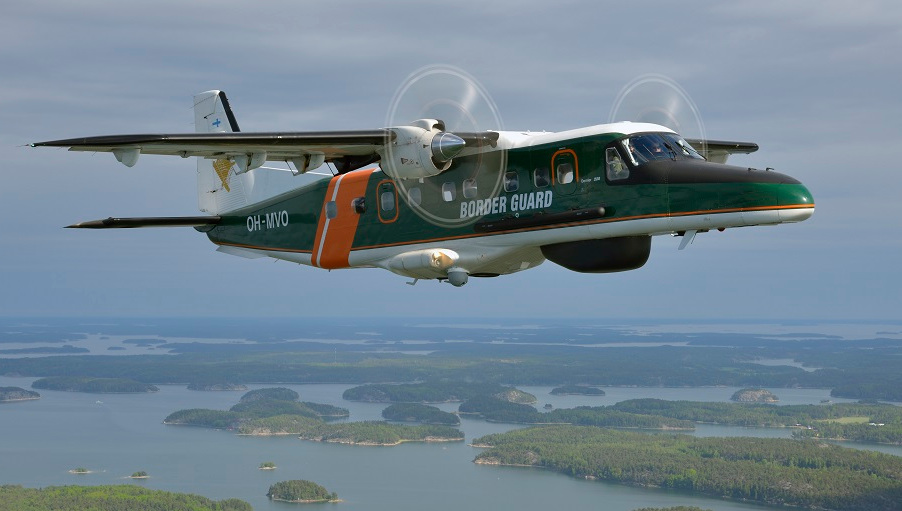
Photo 29: Dornier Do-228
In 1995, the Finnish Border Guard’s aircraft fleet was renewed with two Dornier Do-228 aeroplanes purchased from Germany. The Dorniers were specifically equipped for maritime and environmental surveillance tasks. The plane’s crew consists of two pilots and two operators responsible for the systems. The Dornier’s cruising speed is approximately 300 km/h and its operating time is five hours.
Thanks to its diversity, the Border Guard’s Dorniers have also been used in international missions in recent years, especially in operations led by the European Border and Coast Guard Agency (Frontex) in the Mediterranean Sea.
-
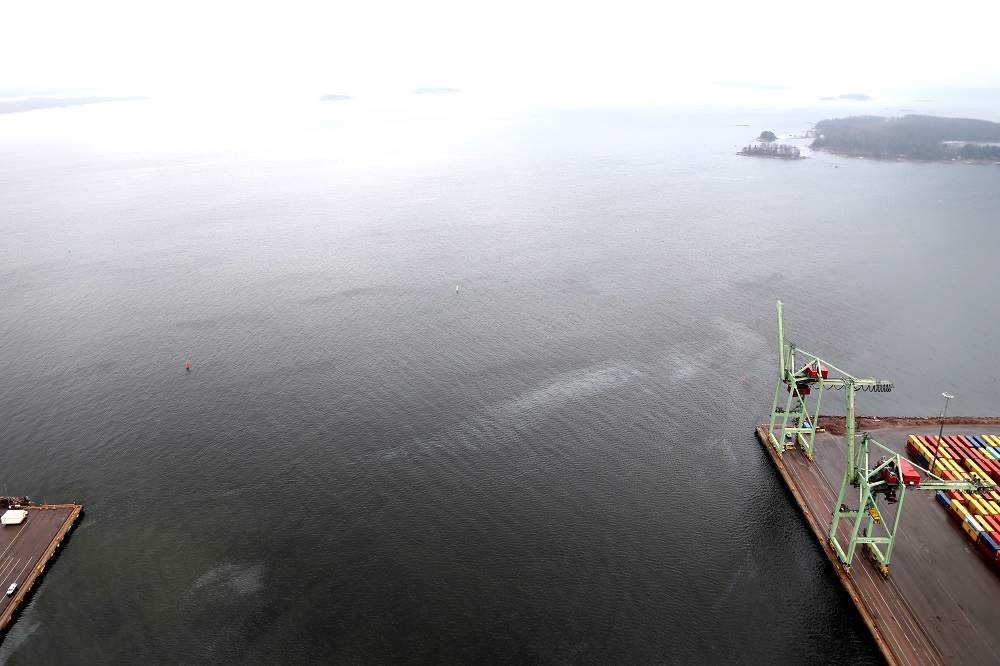
Photo 30: Oil spill at Kotka Port
The Dornier aircraft are equipped with a marine surveillance radar, a side-looking airborne radar (SLAR) for detecting oil spills, an infrared/UV scanner for assessing the extent of oil spills, and a thermal camera for search and surveillance tasks.
-
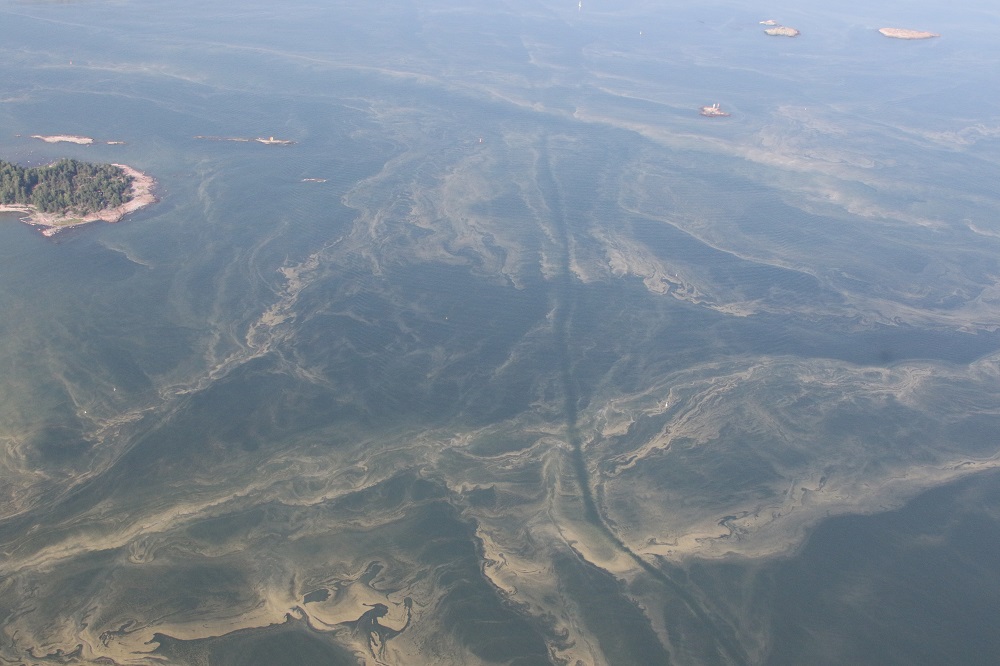
Photo 31: Algae outside Helsinki in summer 2018
In addition to preventing environmental damage at sea, the Finnish Border Guard’s aircraft fleet also monitors the occurrence of algal mats in the Finnish coastal area and the Baltic Sea.
-

Photo 32: Super Puma extinguishing a summer house fire at Rymättylä in Naantali
When necessary, the Finnish Border Guard’s helicopter fleet also extinguishes forest fires and other fires. A bambi bucket installed in a Super Puma can drop 2000 litres of water on a fire.
-
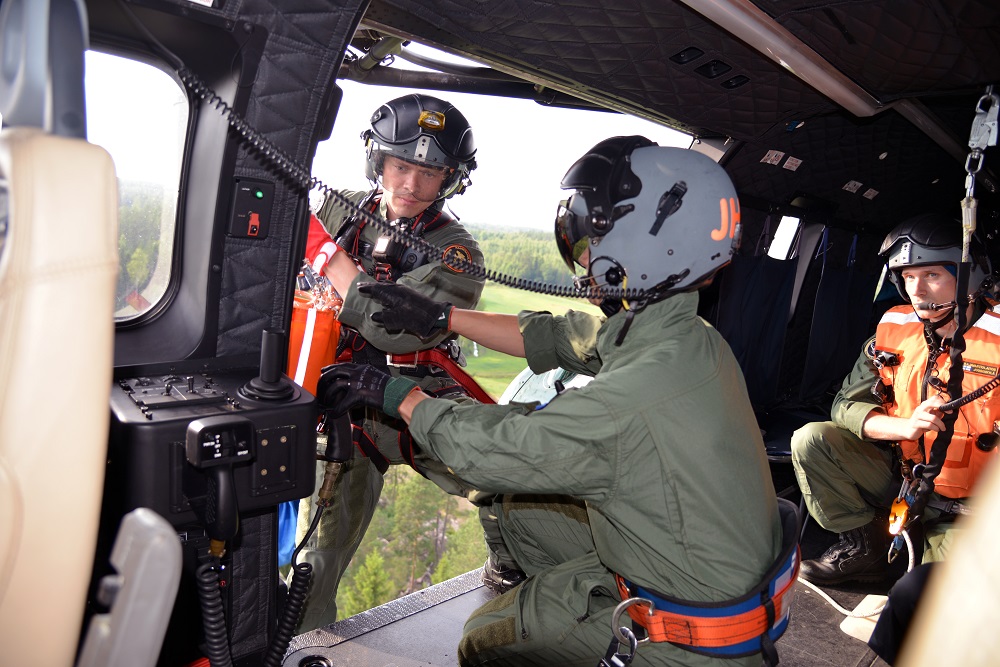
Photo 33: Winching exercise
The work done by aeroplane and helicopter crews is very much teamwork, from the beginning of the flight mission to the end.
-
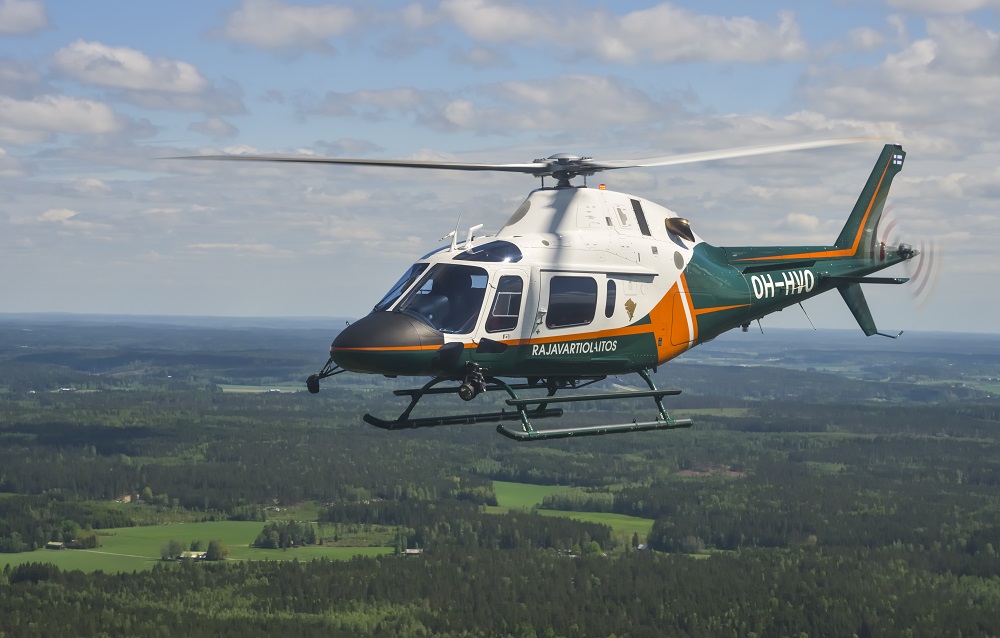
Photo 34: AW 119 Koala
In the early 2010s, the Finnish Border Guard replaced the decommissioned Agusta Bell 206 helicopters with new AgustaWestland AW 119 choppers. The new fleet further improved the performance of the Border Guard’s flight operations.
A total of four Koala helicopters are in use.
-
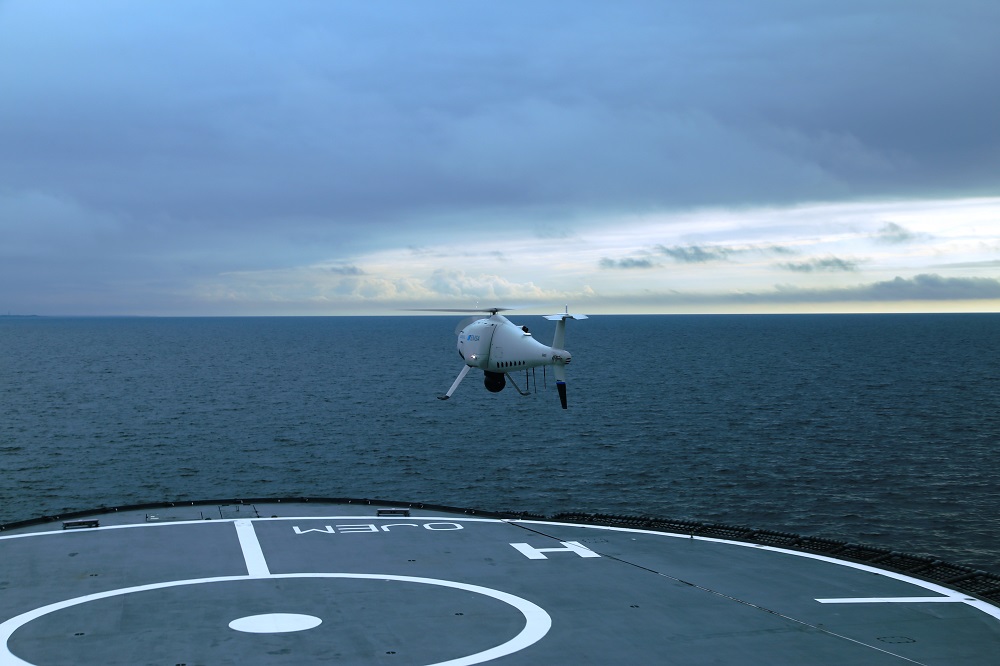
Photo 35: Testing a drone on patrol vessel Turva
Rapid technical advances in the 21st century have brought along unmanned aerial vehicles, commonly known as drones. A growing number of authorities worldwide, including in Finland, use remotely controlled aerial vehicles. Drones used in surveillance and search tasks can be equipped with versatile camera and sensor technology. They also offer the Finnish Border Guard entirely new capabilities.
Maritime test flights of the unmanned Schiebel S-100 system were carried out on patrol vessel Turva in the autumn of 2019. However, the new unmanned systems are only tools. Humans are responsible for analysis and interpretation of the information and situational picture produced by the drone, and for taking the necessary action.
-

Photo 36: Media briefing on the MVX project
The Finnish Border Guard’s diversified field of operations and changes in the security environment mean that the Dornier Do 228 surveillance aircraft, which have been in use since 1995, are coming to the end of their lifespan. Their operating capacity no longer fully meets present requirements.
The Finnish Border Guard has launched the MVX project aimed at replacing both the Dornier planes about to be decommissioned with a more modern successor.
